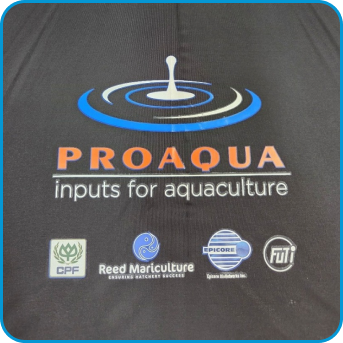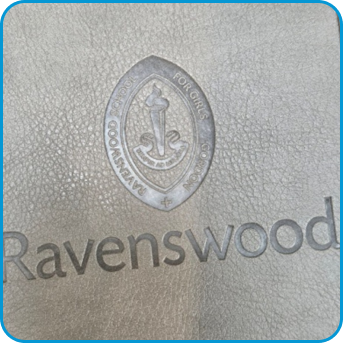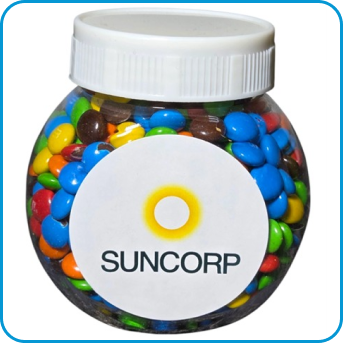Why Buy Autumn Promotional Gifts?
Unlike seasonal promotions that fade quickly, autumn-themed giveaways are helpful, stylish, and designed for repeated use. Whether it’s a warm hoodie, a travel mug for hot drinks, or an outdoor picnic set, these items become daily essentials—ensuring maximum brand exposure in cafes, offices, and weekend outings.
For businesses, branded autumn gifts create engagement in seasonal campaigns, corporate giveaways, and promotional events, offering a high return on investment and extended usability beyond a single occasion.
What’s in Our Autumn Gift Range?
We offer diverse autumn-friendly promotional products tailored for cooler weather, outdoor gatherings, and cosy indoor moments.
Apparel & Accessories
- Branded Hoodies & Sweaters – Keeps recipients warm while promoting your business.
- Custom Scarves & Beanies – A stylish, cosy addition for corporate gifting and event promotions.
- Branded Touchscreen Gloves – Keeps hands warm while allowing easy phone use.
- Embroidered Jackets & Windbreakers – Weather-resistant and stylish for outdoor promotions.
Drinkware & Food Accessories
- Insulated Travel Mugs – Keeps coffee and tea hot for long commutes or work breaks.
- Branded Thermos Flasks – Perfect for hot beverages at sporting events, hikes, or office use.
- Reusable Coffee Cups – A practical and eco-friendly alternative for café visits.
- Branded Soup Containers & Food Jars – Great for hot lunches on the go.
Outdoor & Event Essentials
- Custom Picnic Blankets – A must-have for autumn picnics, outdoor concerts, and corporate events.
- Branded Umbrellas – Ensures visibility even on rainy days while keeping users dry.
- Camping & Outdoor Kits – Perfect for branded giveaways in adventure and travel industries.
- Custom LED Torches & Lanterns – Great for camping trips, night walks, and emergency kits.
Work & Home Comfort Gifts
- Branded Candles & Home Fragrances – This creates a warm, inviting atmosphere with a touch of luxury.
- Soft-Touch Notebooks & Journals – Encourages autumn goal-setting, journaling, or business meetings.
- Weighted Blankets & Comfort Throws – Premium corporate gifts for relaxation and home use.
- Branded Desk Heaters & Hand Warmers – A thoughtful touch for office employees during cooler months.
Who Uses Custom Autumn Gifts?
Autumn promotional products are popular across Australian businesses. These items bring relevance to your marketing efforts:
- Corporate Gifting Programs – Strengthens employee appreciation and client relationships.
- Retail & Beverage Brands – Ideal for seasonal promotions, coffee shop giveaways, and in-store marketing.
- Hospitality & Travel Industry – Perfect for hotels, outdoor retreats, and travel incentive programs.
- Universities & Schools – An excellent addition for autumn campus events and student engagement.
- Outdoor & Sports Companies – Ensures brand exposure at marathons, team sports, and autumn adventures.
Case Study: A Café Chain’s Seasonal Giveaway Campaign
A well-known coffee chain in Australia wanted to increase customer engagement during autumn while promoting sustainability. To this end, they ordered 15,000 custom-branded reusable coffee cups from Cubic Promote, featuring their logo and a limited-edition seasonal design.
The cups were given to loyalty program members and event attendees, encouraging customers to reuse them for discounted refills. The campaign increased brand loyalty, increased return customers, and social media buzz as people posted about their exclusive autumn coffee cups.
This case highlights how seasonal promotional gifts can enhance customer experience while meaningfully reinforcing brand awareness.
How We Decorate
We offer a variety of customisation techniques to ensure your autumn promotional products make a lasting impression:
- Embroidery
- Screen Printing
- Laser Engraving
- Full-Colour Digital Printing
Bring us your logo, or use our in-house graphic designer. Prices start from $35 an hour.
Best-Selling Autumn Promotional Items
- Custom Hoodies & Sweatshirts – A practical, high-impact wearable gift.
- Insulated Travel Mugs – Keeps drinks warm during commutes and office work.
- Branded Picnic Blankets – Ideal for outdoor corporate events and autumn picnics.
- Embroidered Beanies & Scarves – Perfect for stylish, cold-weather branding.
- Branded Candles & Desk Accessories – A luxurious addition to office or home gifts.
With many customisation options, businesses can tailor their promotional gifts to suit their brand personality and target audience.
Why Buy Promotional Autumn Gifts?
- Practical for Everyday Use – Ensures your branding stays visible in offices, homes, and public spaces.
- Seasonal Relevance – Keeps your business engaged with customers throughout autumn.
- Long-Term Brand Exposure – Many products offer year-round usability beyond just one season.
- Affordable Bulk Pricing – Larger orders allow for cost-effective promotional campaigns.
Shipping Across Australia
We supply Australia-wide.
Order Your Custom Autumn Promotional Products Today!
Stay ahead of the season with high-quality, practical branded gifts that keep customers warm, comfortable, and engaged—order in bulk for affordable, high-impact marketing campaigns. Contact us today to get started!






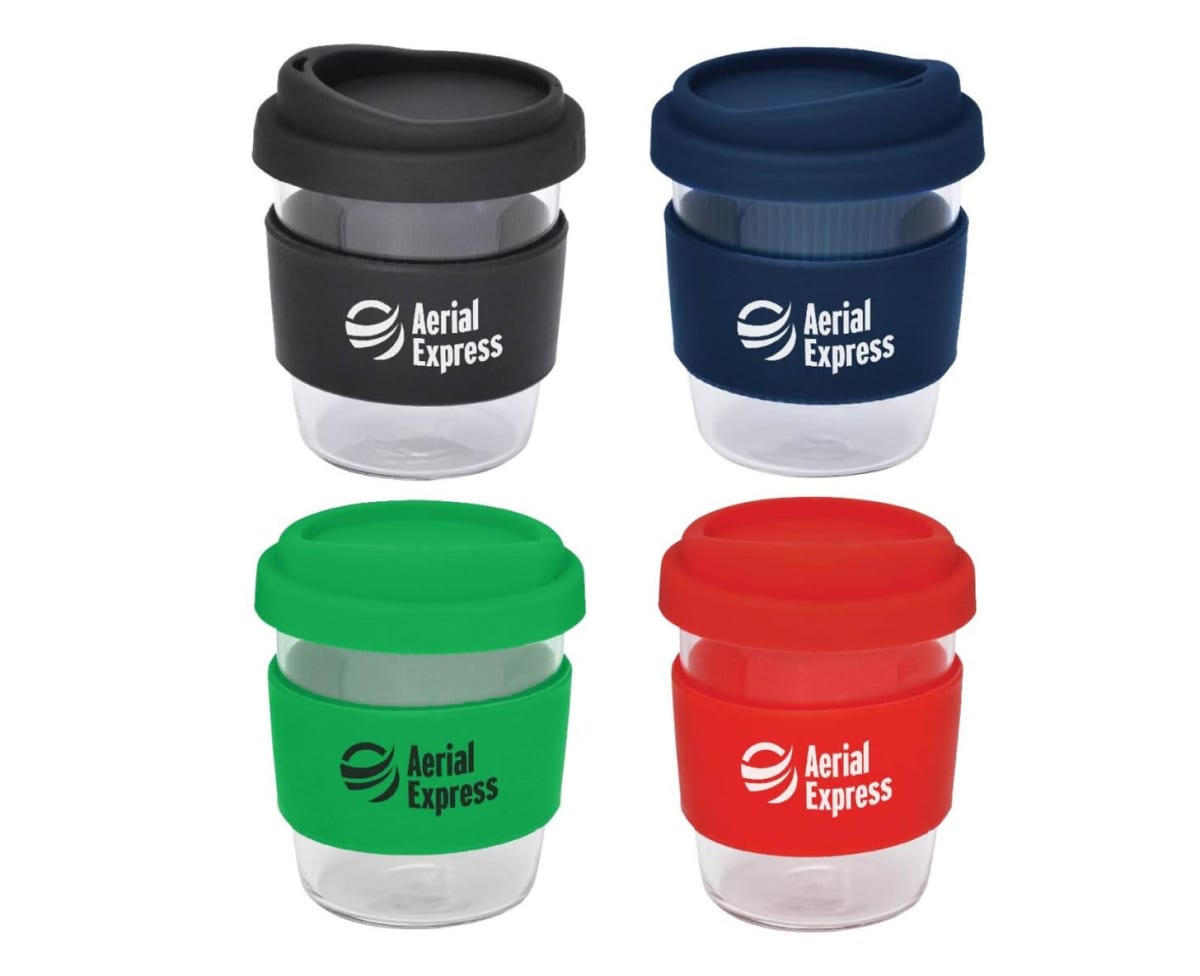
















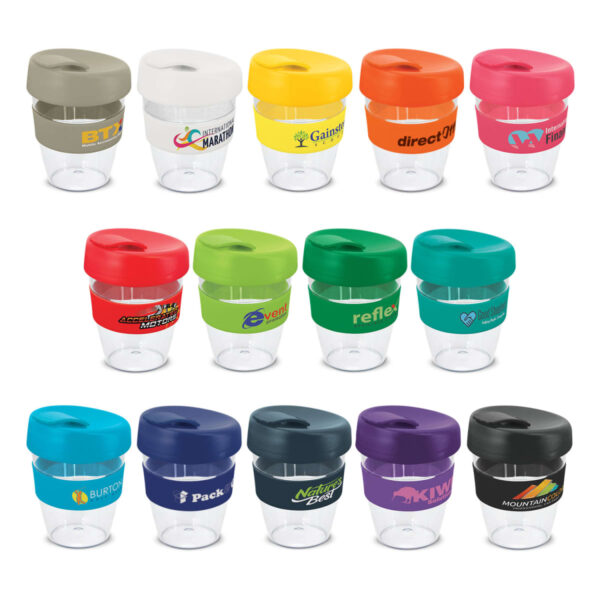
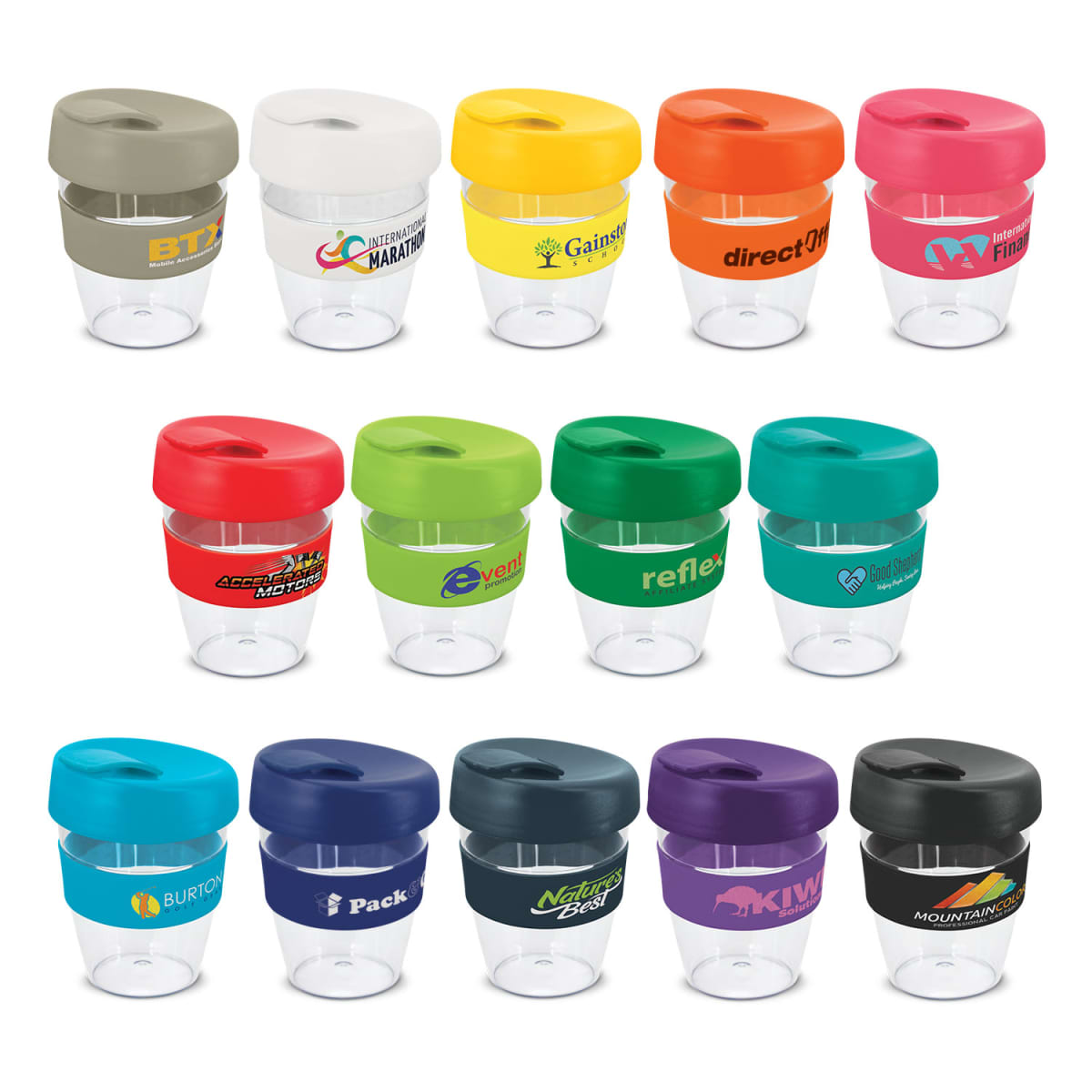
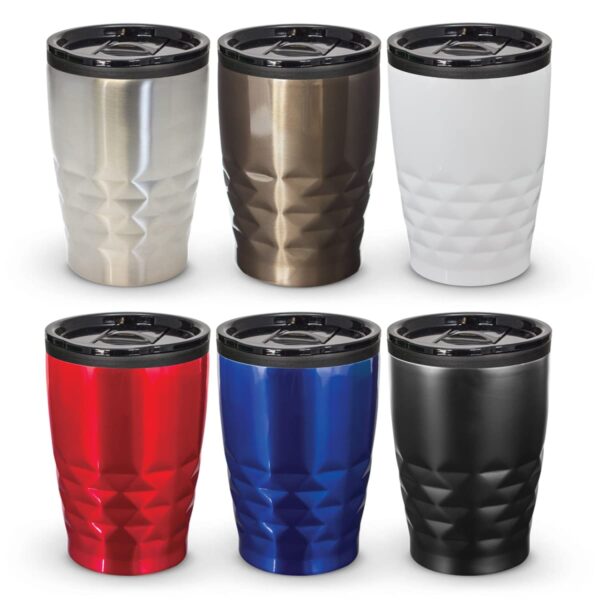







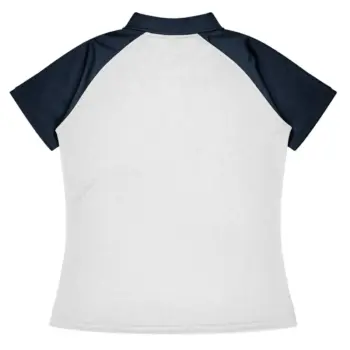
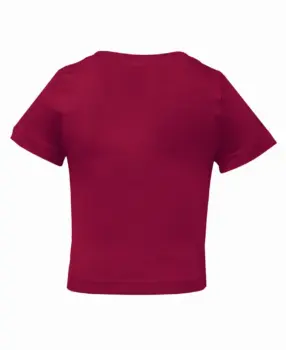
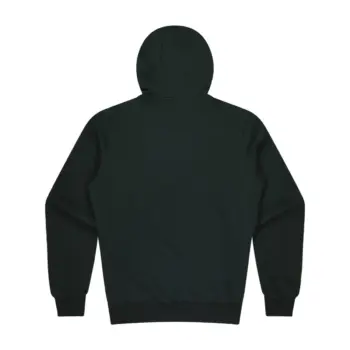
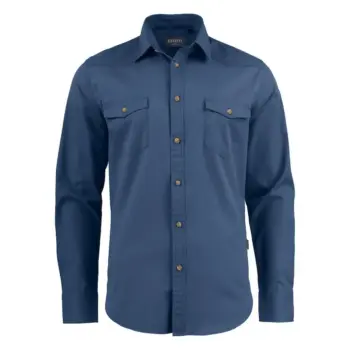
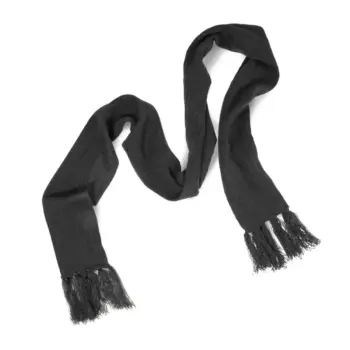
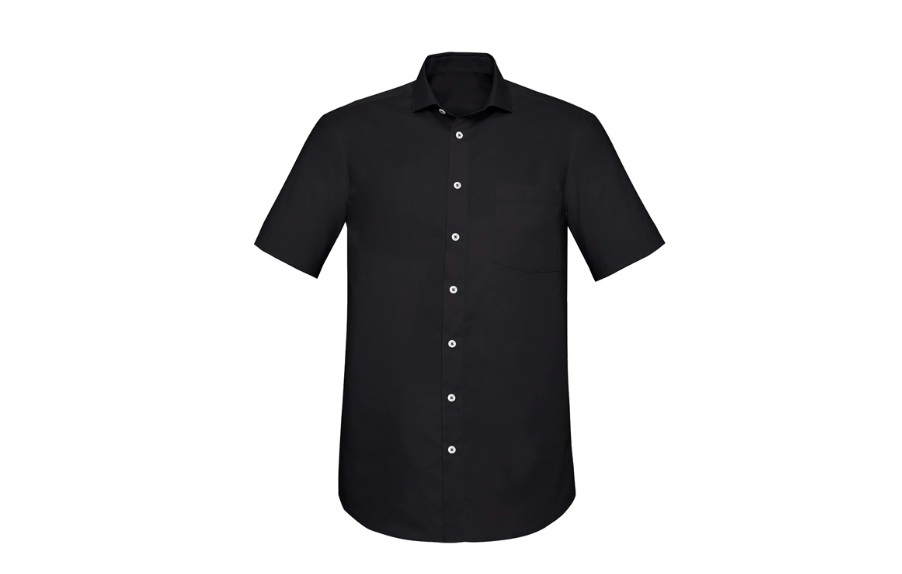 Corporate Uniforms
Corporate Uniforms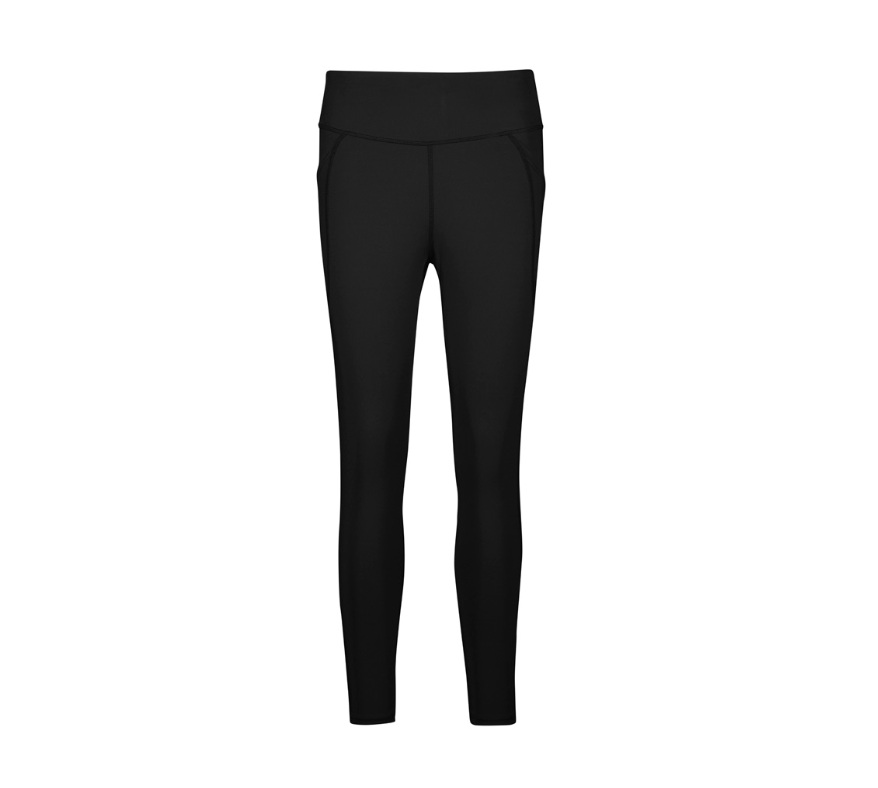 Eco Apparel
Eco Apparel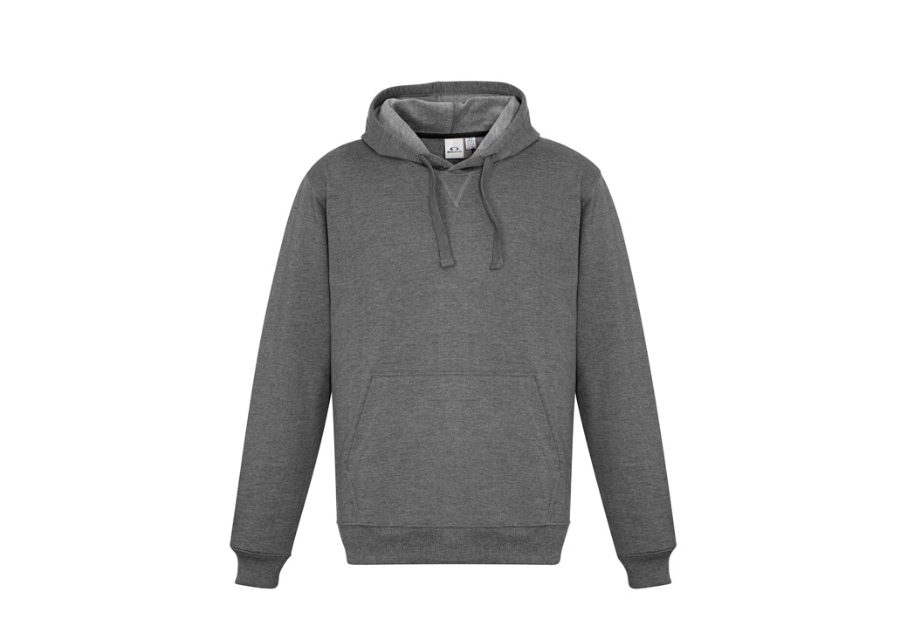 Hoodies & Sweaters
Hoodies & Sweaters Jackets
Jackets Kids' Clothes
Kids' Clothes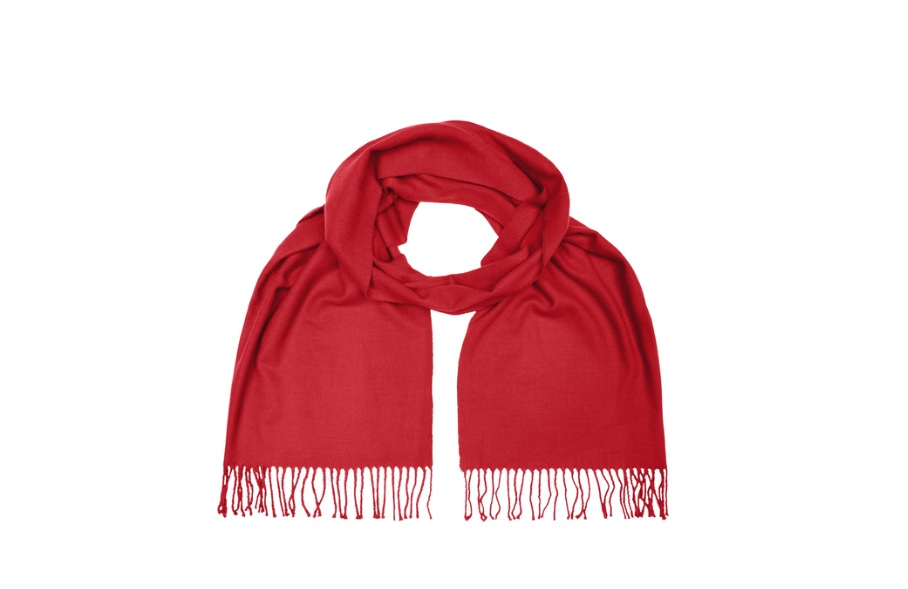 Other Apparel
Other Apparel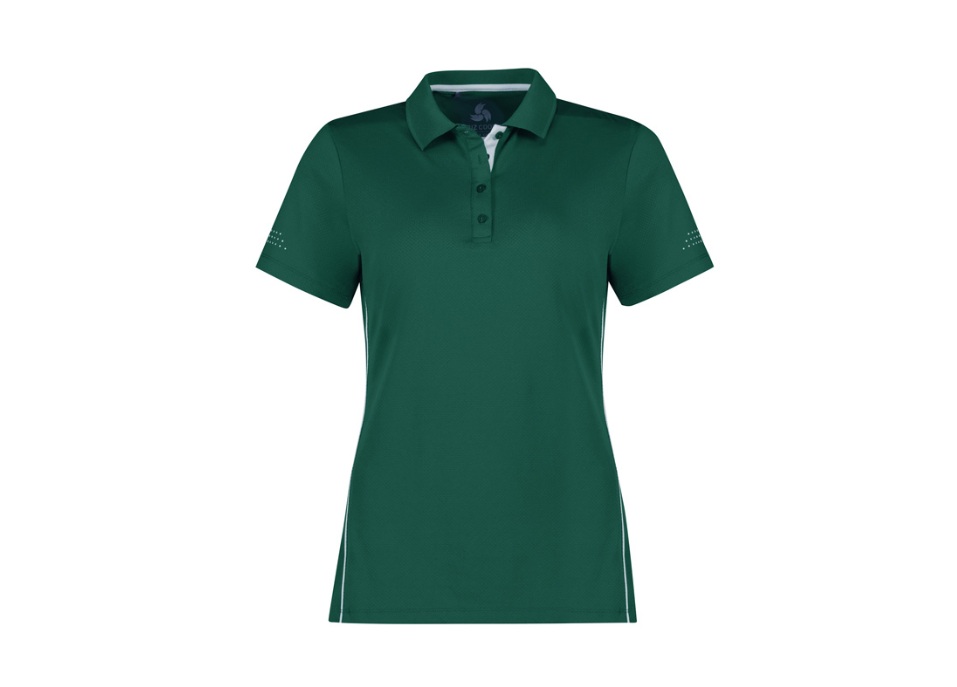 Polo Shirts
Polo Shirts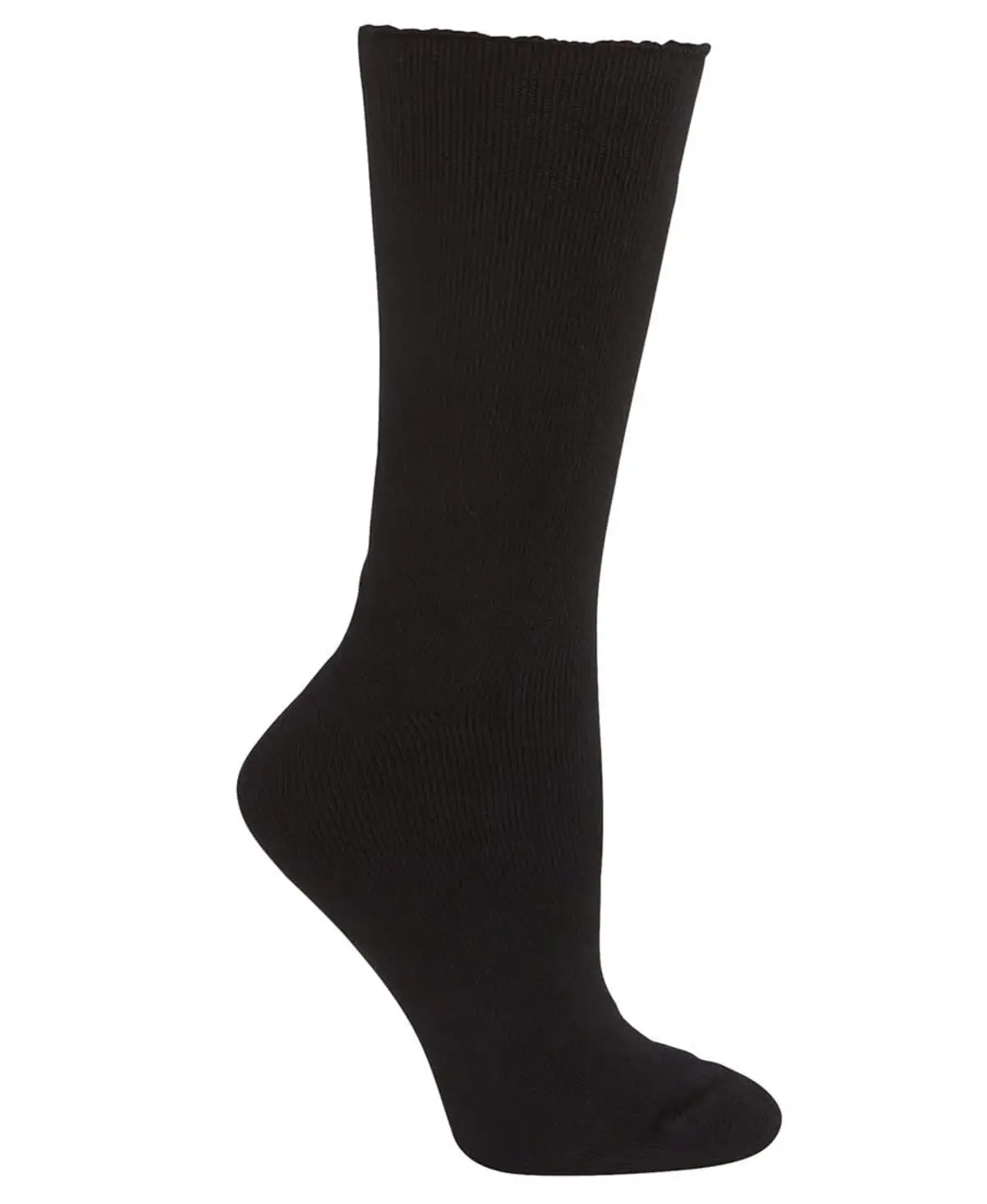 Socks
Socks Shoes
Shoes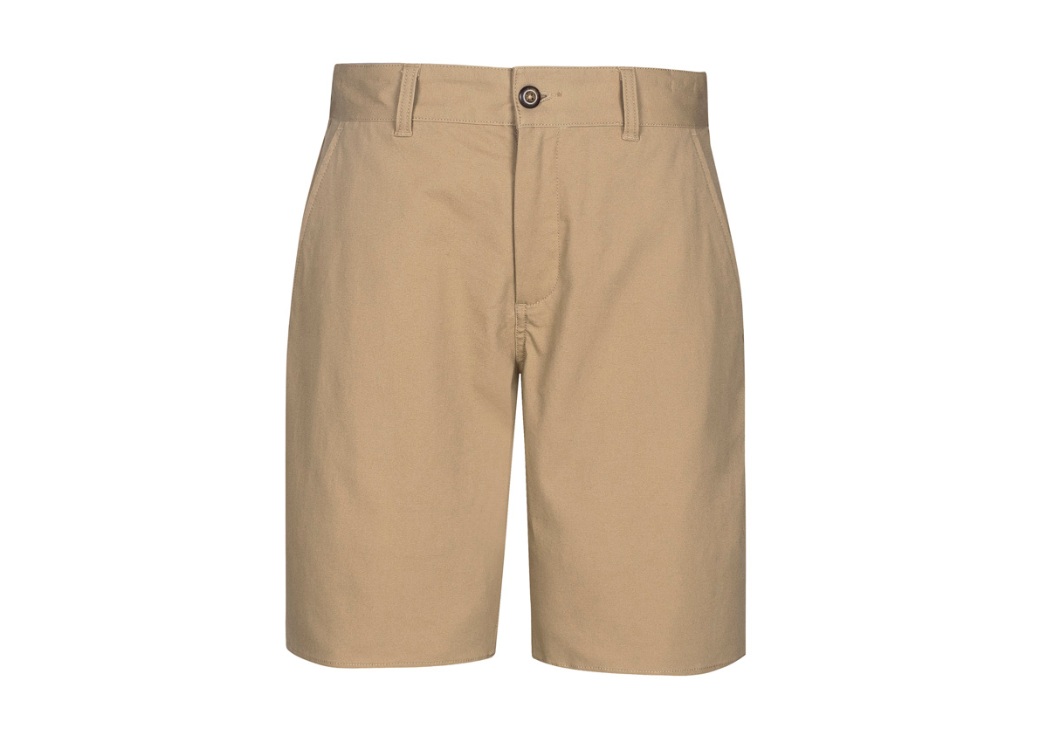 Sports Bottoms
Sports Bottoms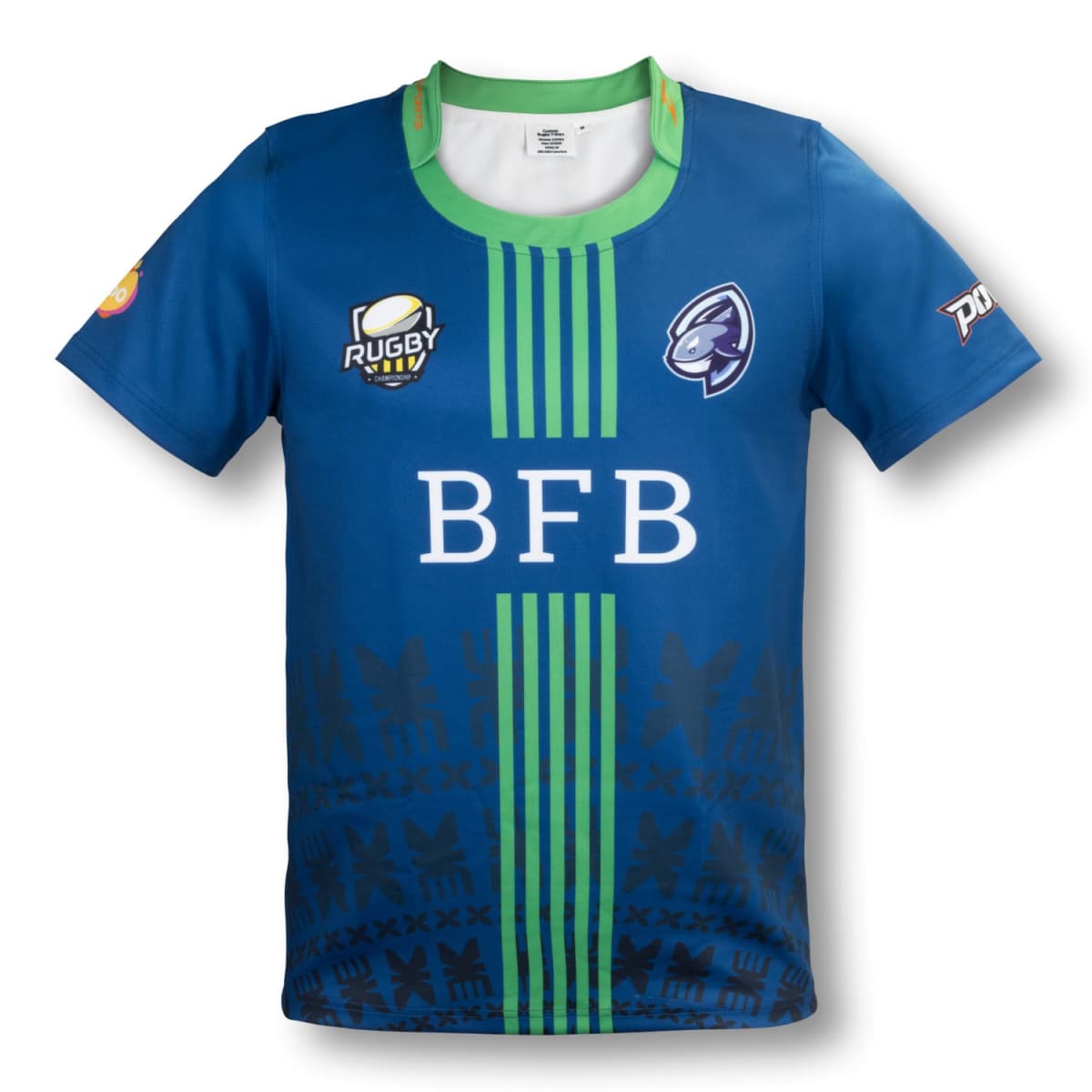 Sports Uniforms
Sports Uniforms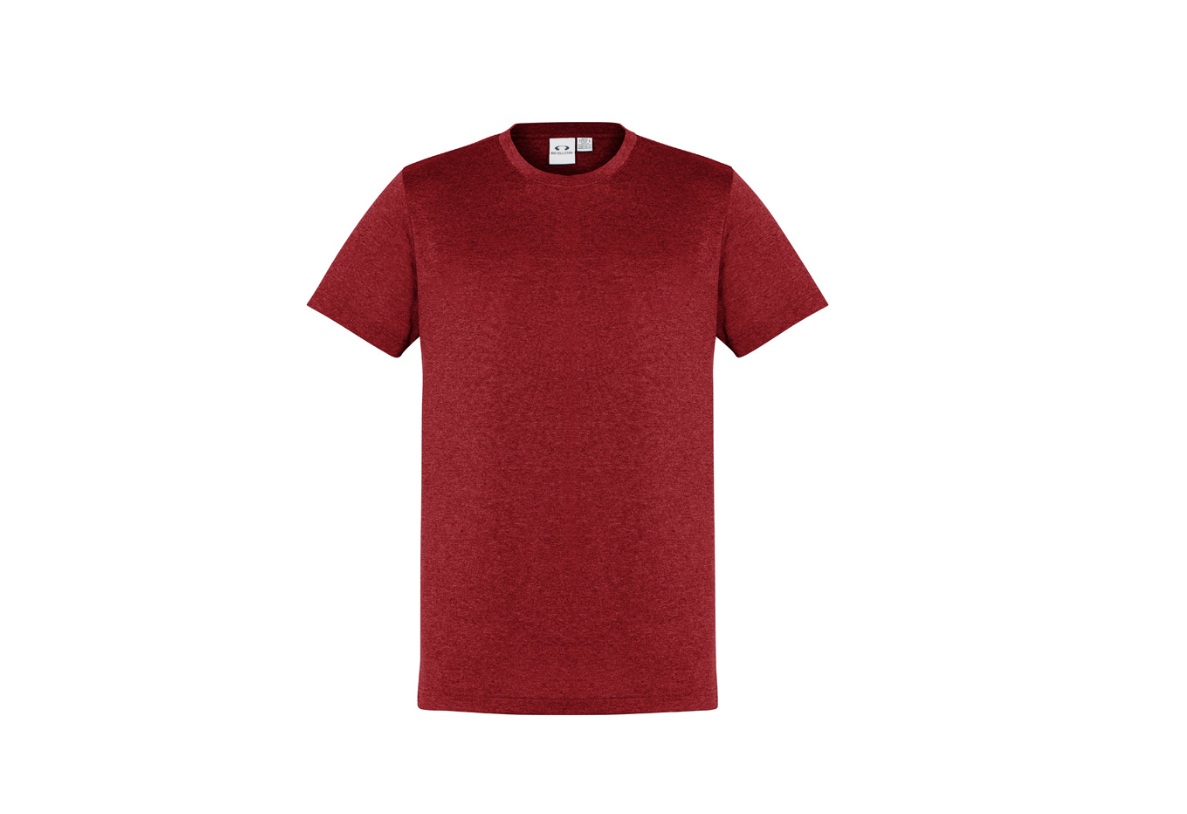 Tee Shirts
Tee Shirts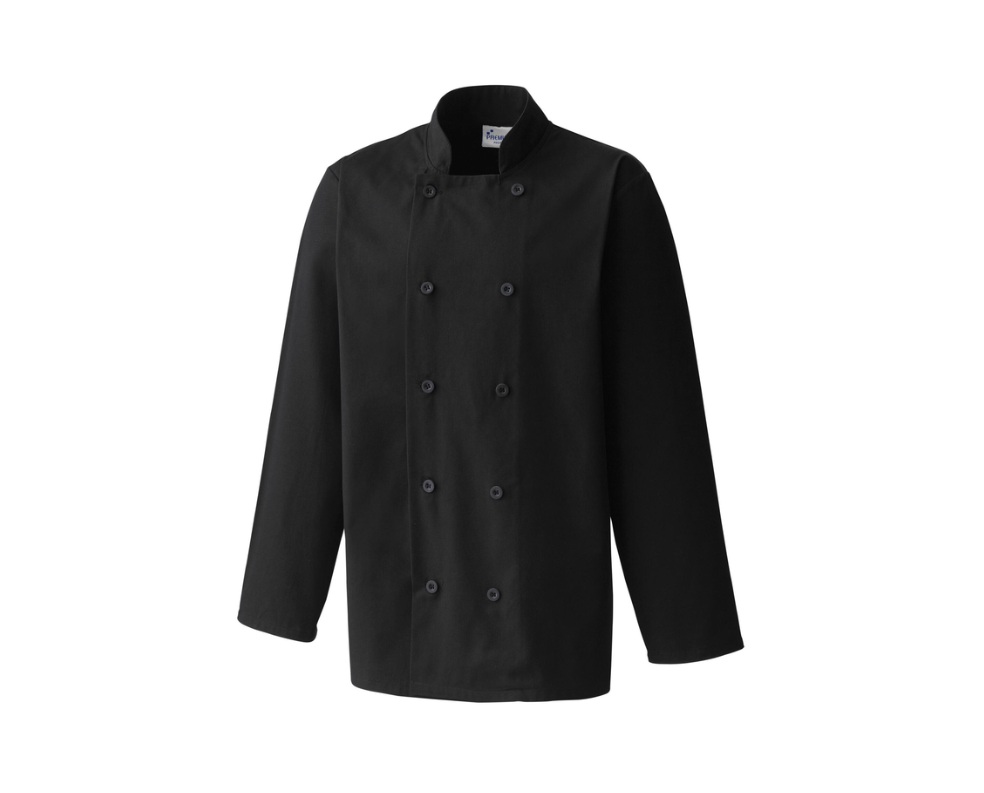 Workwear
Workwear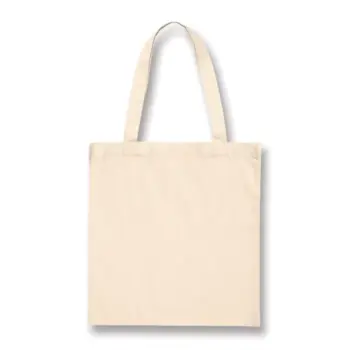
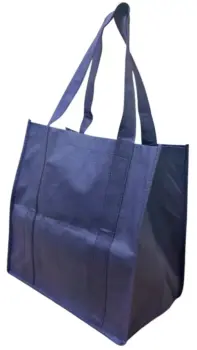

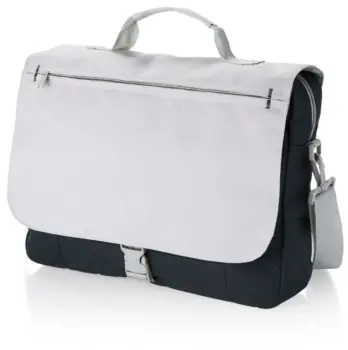
 Briefcases
Briefcases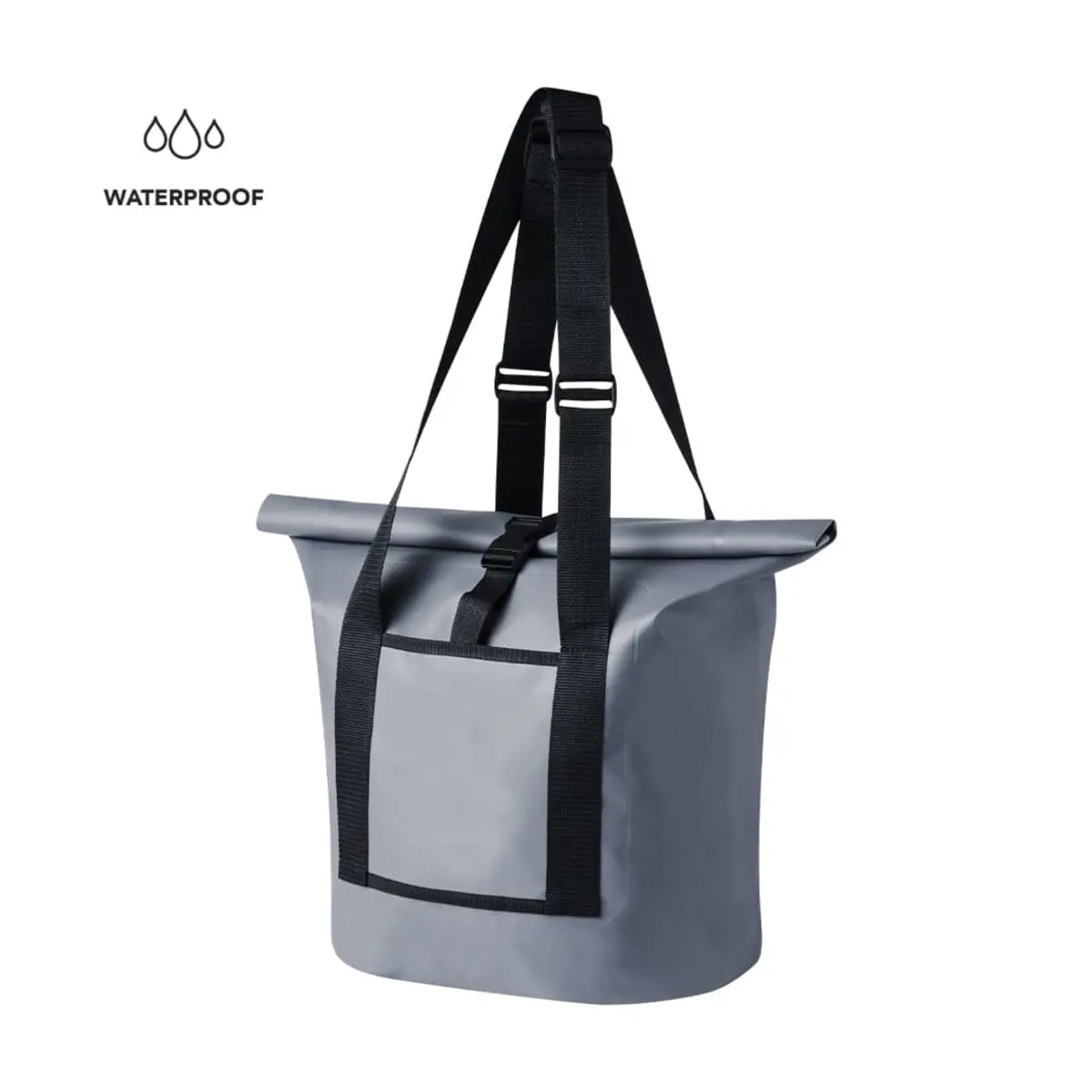 Dry Bags
Dry Bags Laptop
Laptop Satchels
Satchels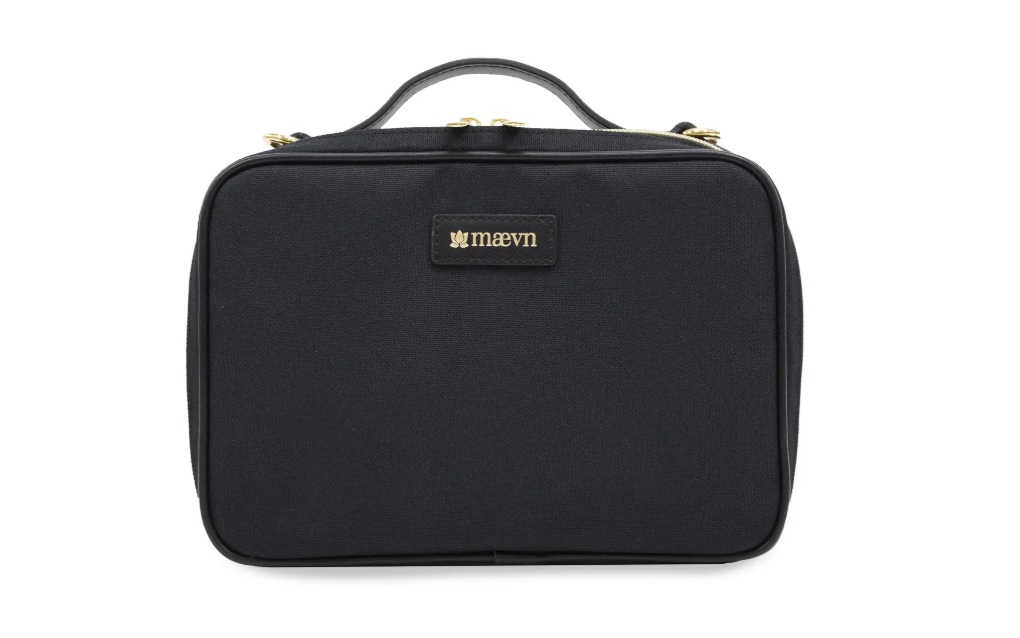 Specialised Bags
Specialised Bags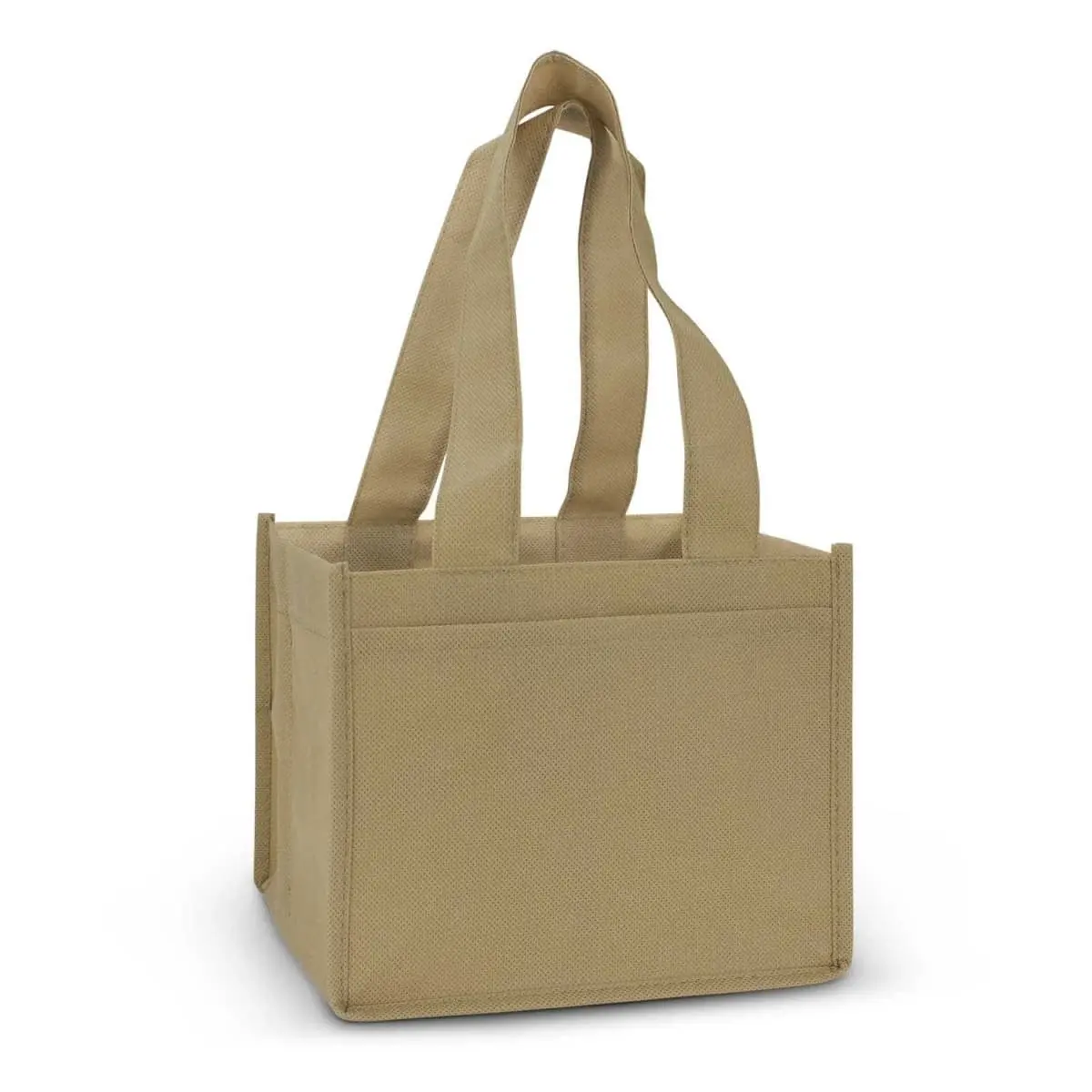 Tote Bags
Tote Bags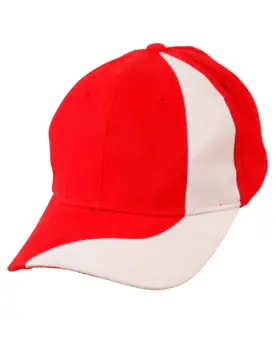
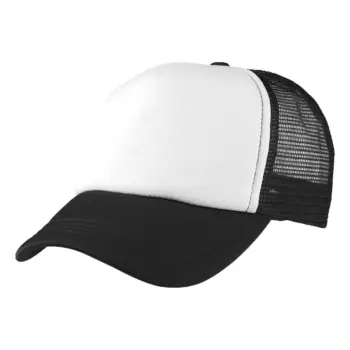
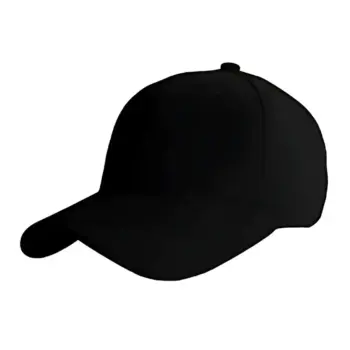
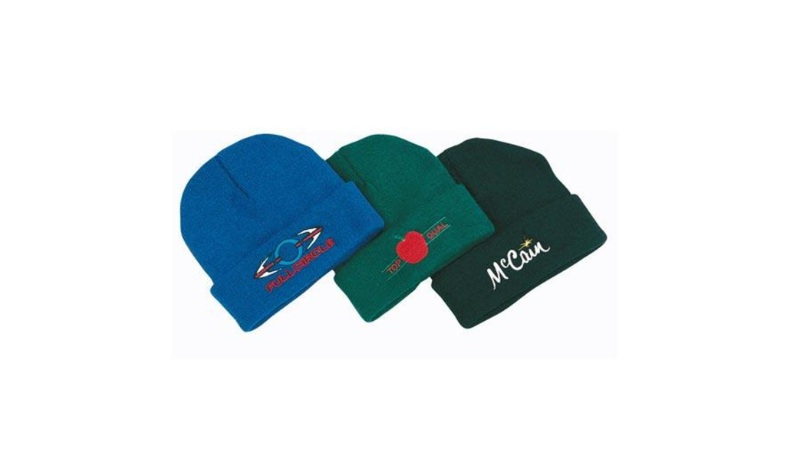 Beanies
Beanies Caps
Caps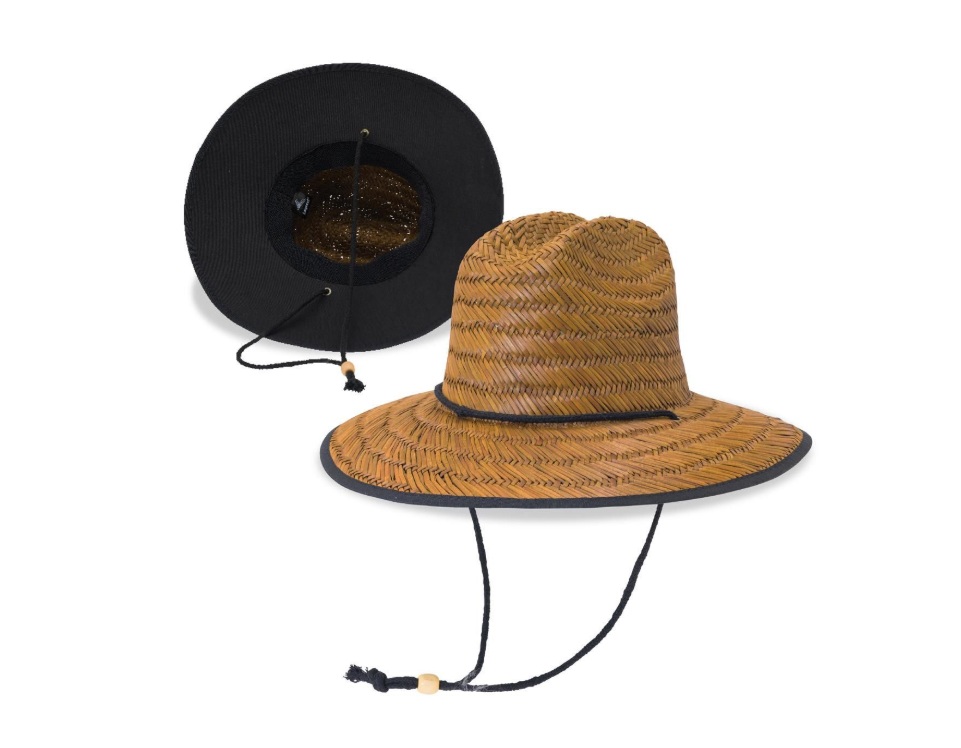 Straw Hats
Straw Hats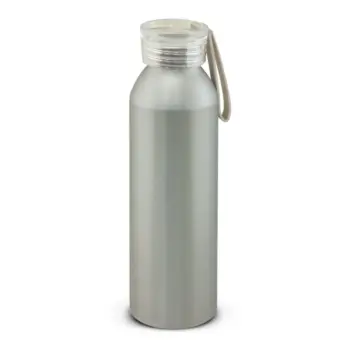
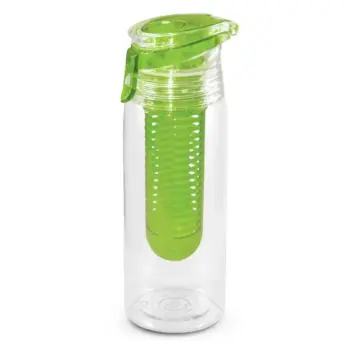
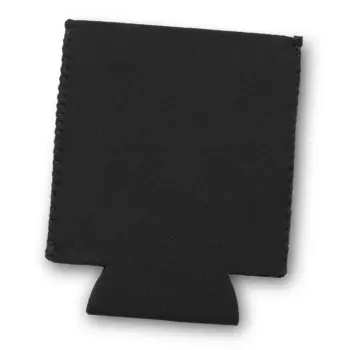
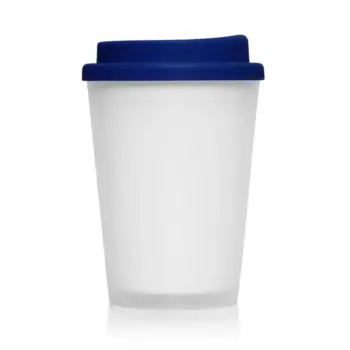
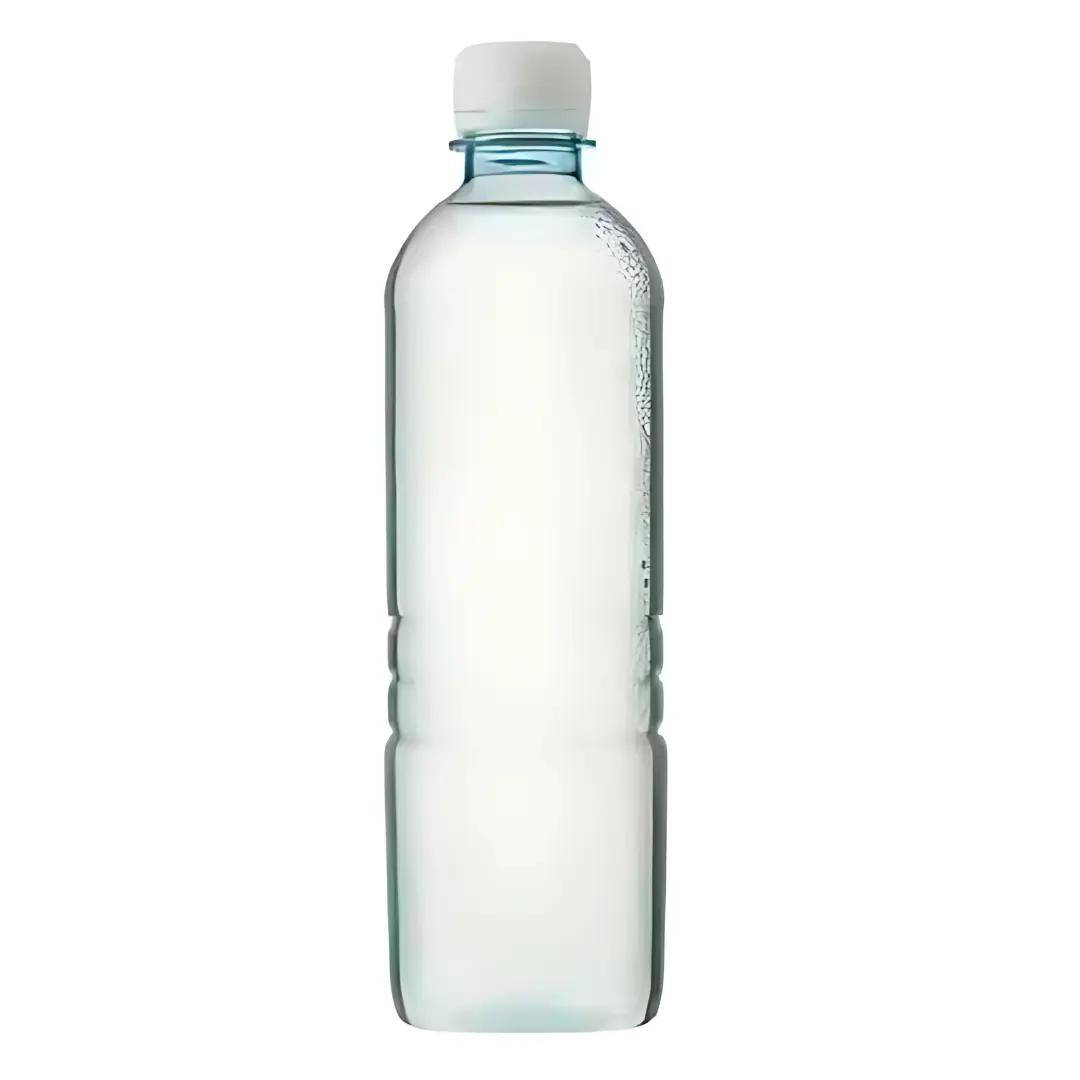 Bottled Water
Bottled Water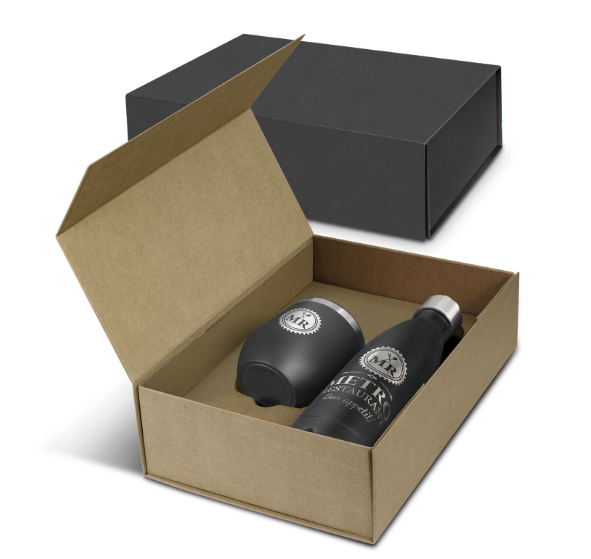 Drinkware Gift Sets
Drinkware Gift Sets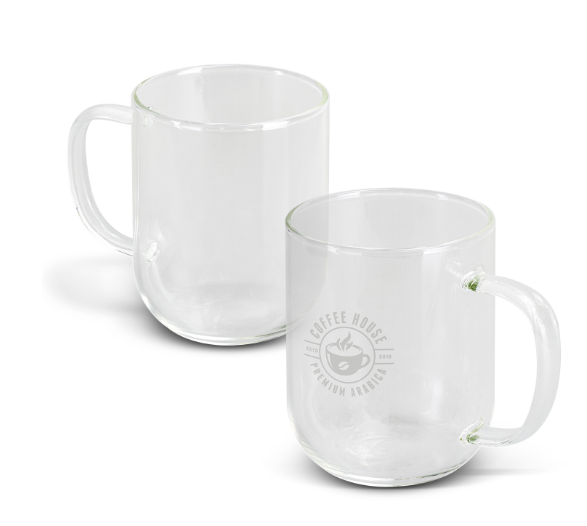 Glass & Poly Cups
Glass & Poly Cups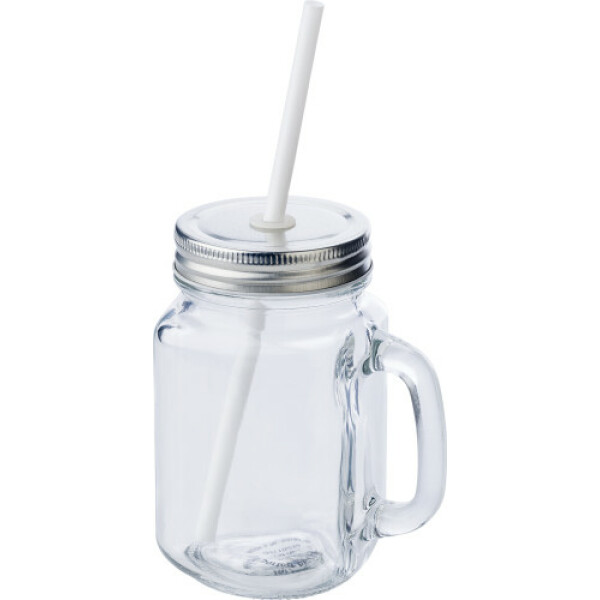 Mason Jars
Mason Jars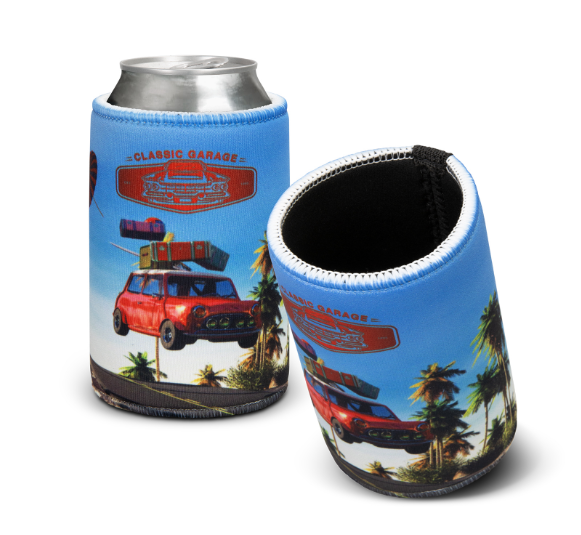 Stubby | Bar & Drinkware
Stubby | Bar & Drinkware Wines
Wines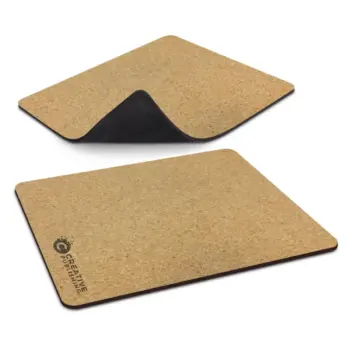


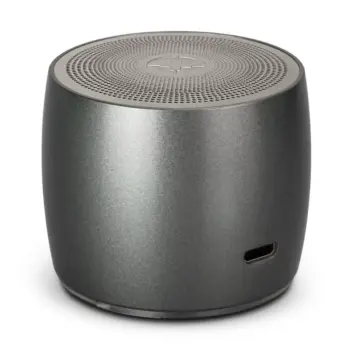
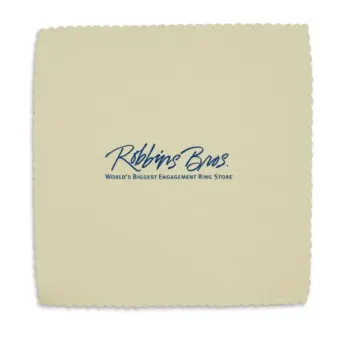
 Business Card Holders
Business Card Holders IT Gift Sets
IT Gift Sets Tech Computers
Tech Computers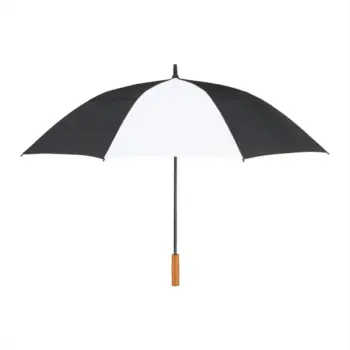


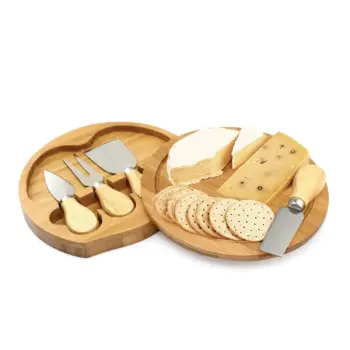
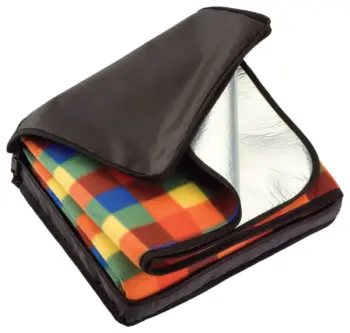
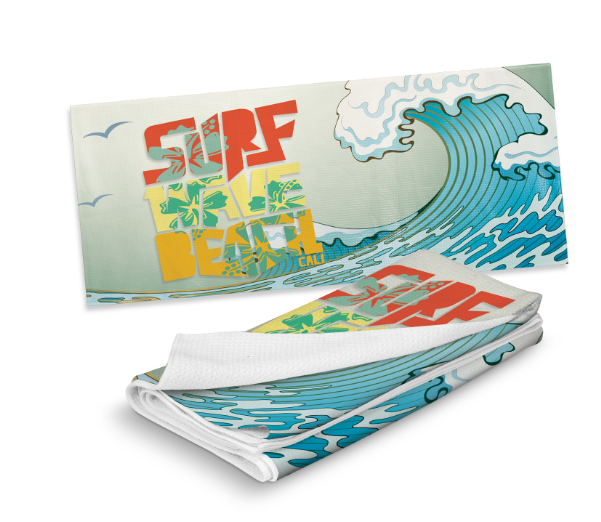 Beach Towels
Beach Towels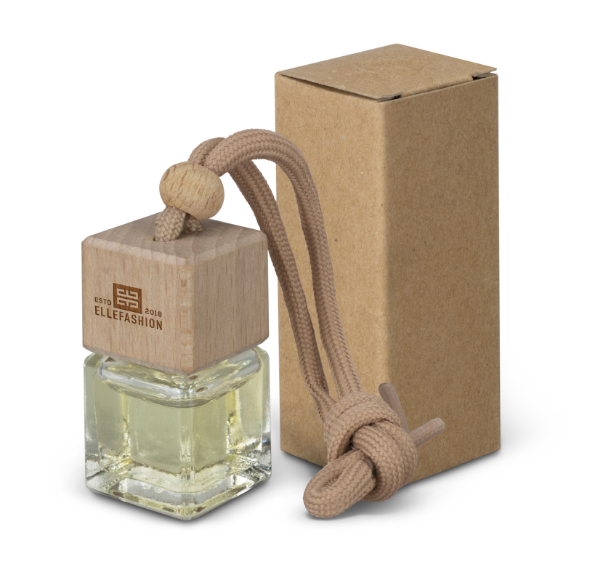 Car Accessories
Car Accessories Golf
Golf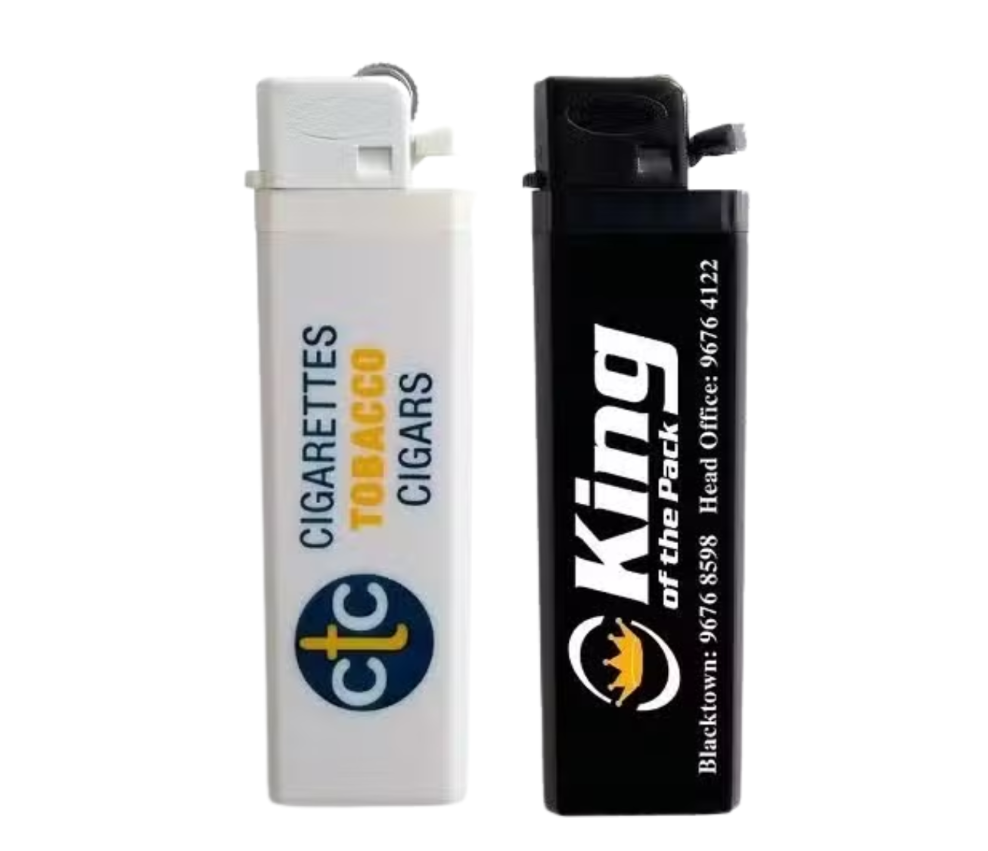 Lighters
Lighters Picnic Gear
Picnic Gear Sports Items
Sports Items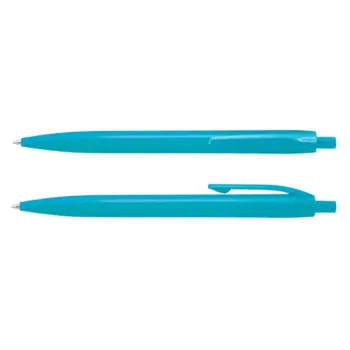
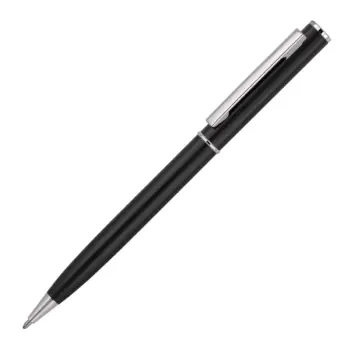
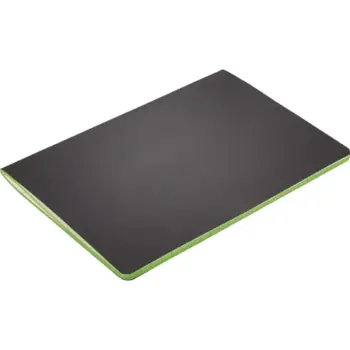
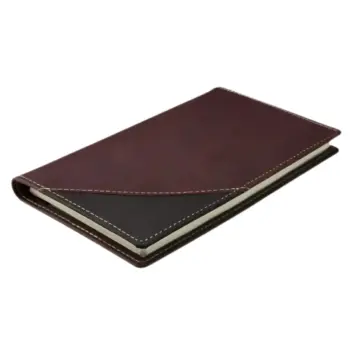
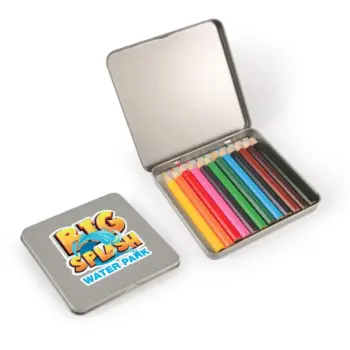
 Markers
Markers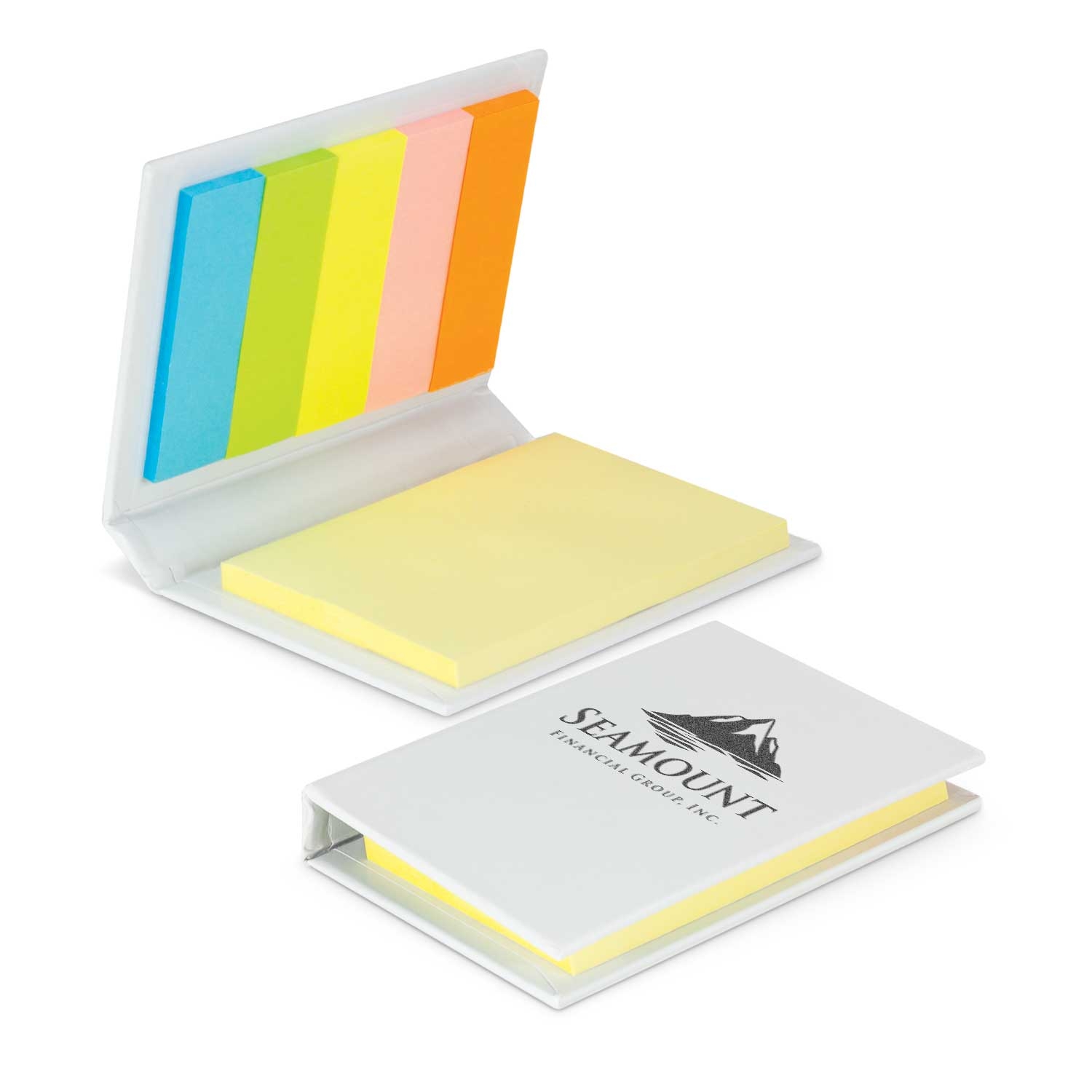 Post-It & Sticky Notes
Post-It & Sticky Notes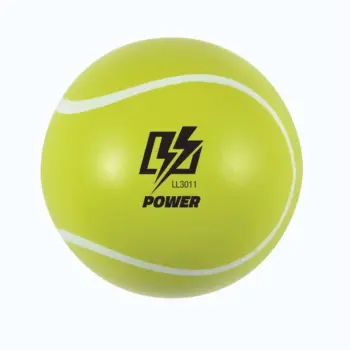
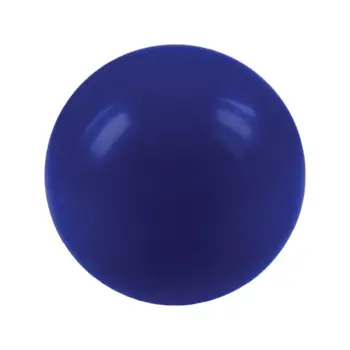

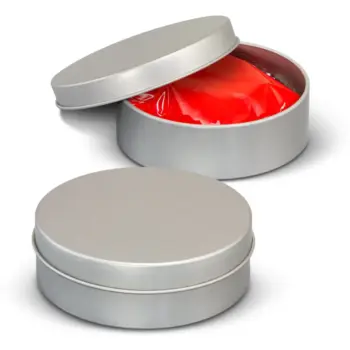
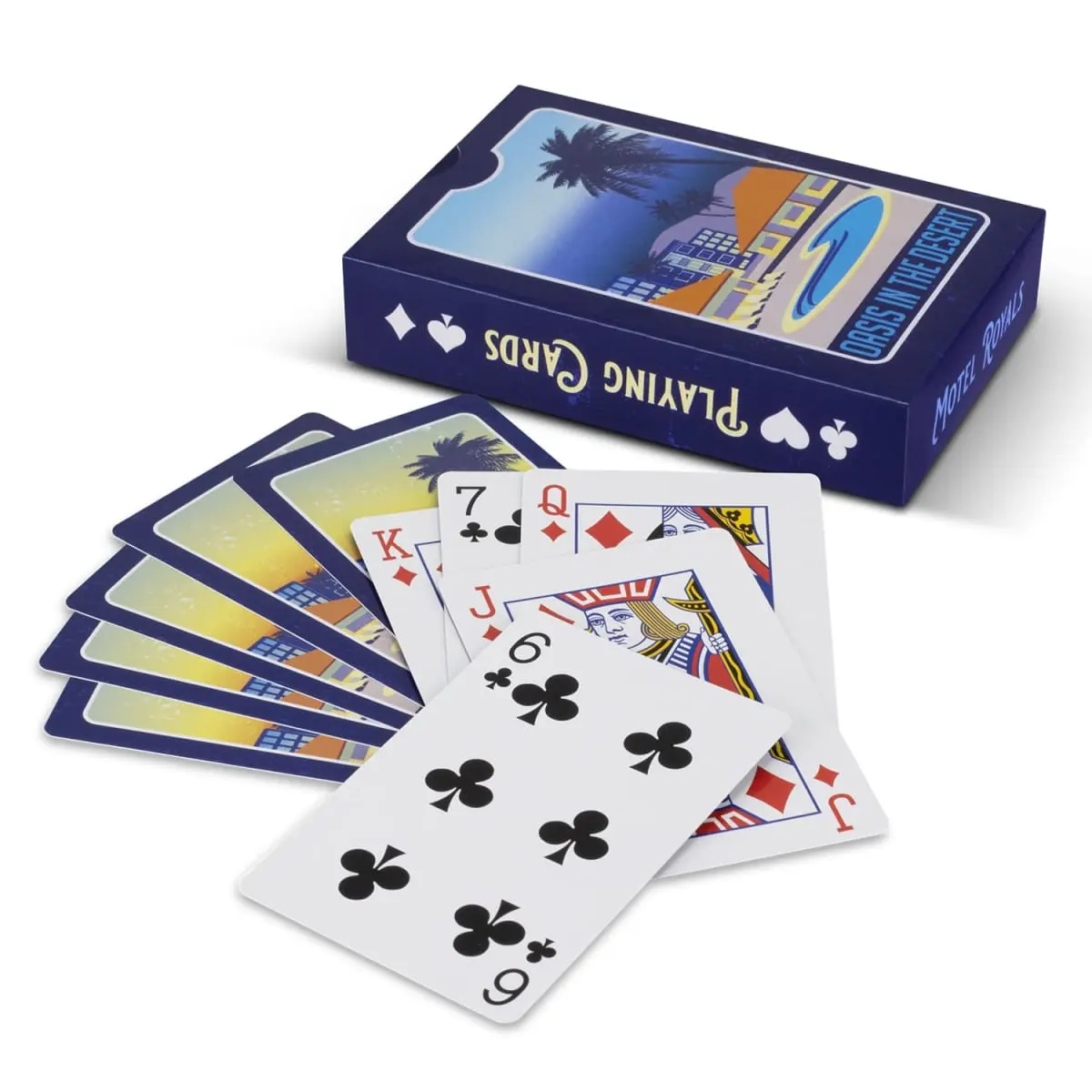 Card Decks
Card Decks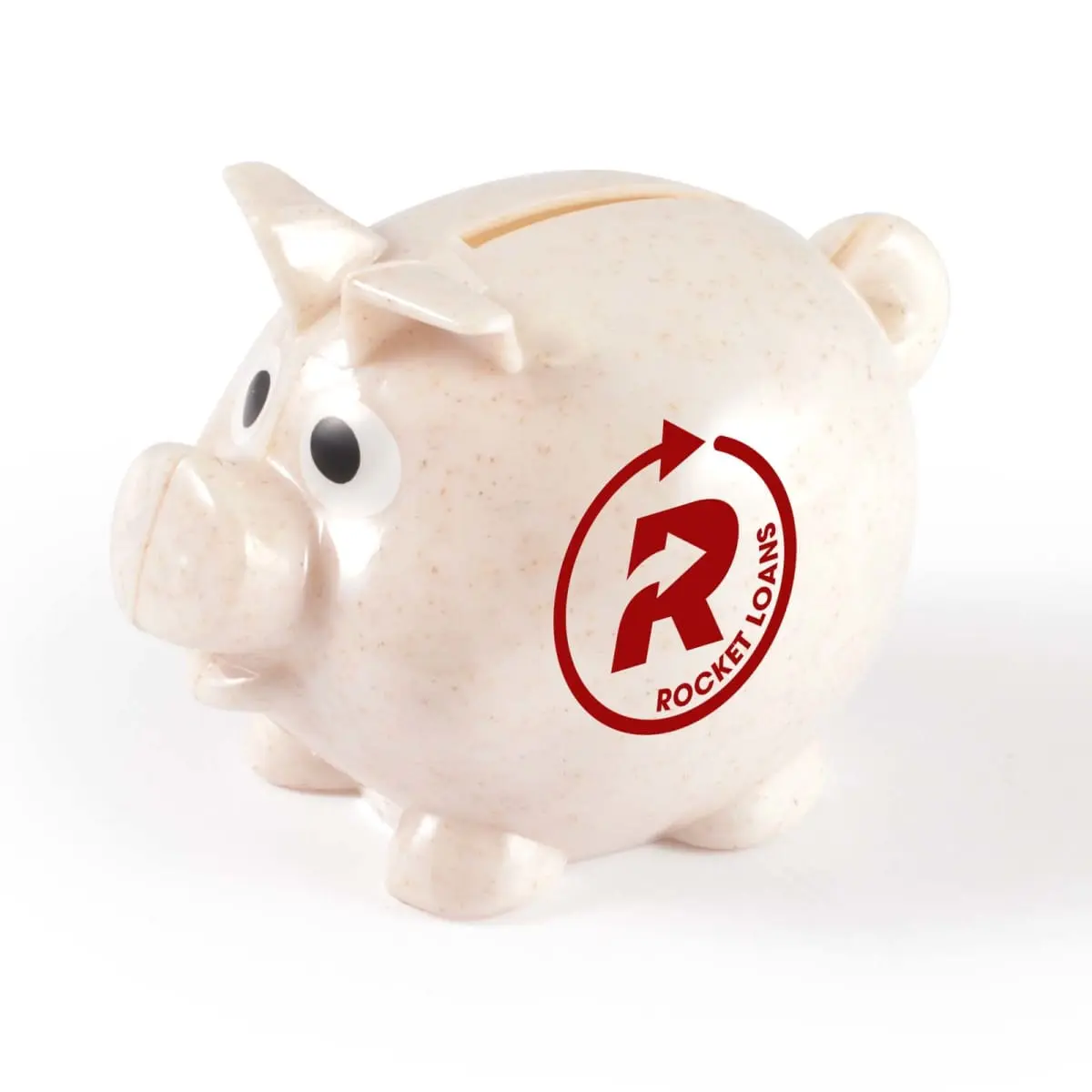 Coin Banks
Coin Banks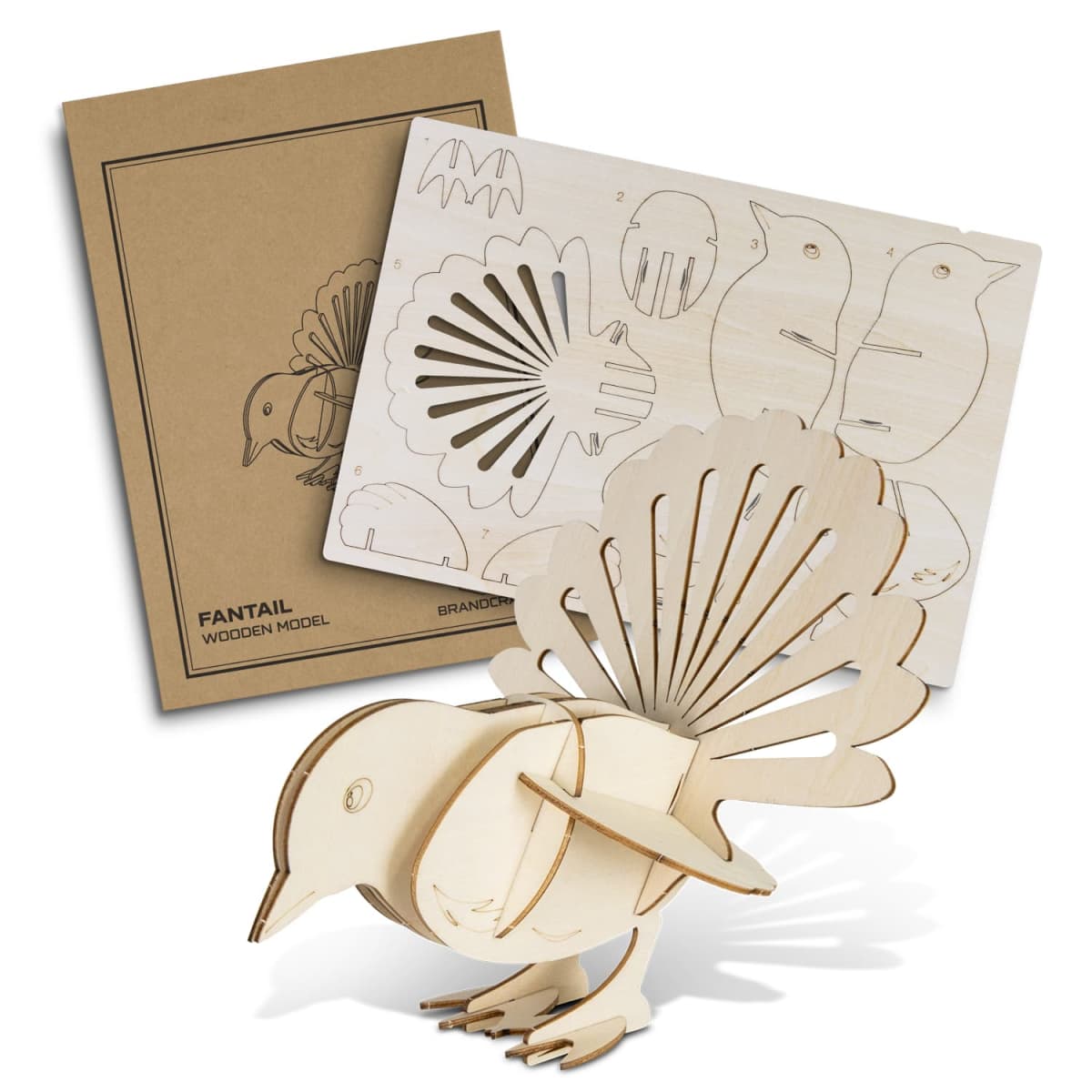 Conference Toys
Conference Toys Event Toys
Event Toys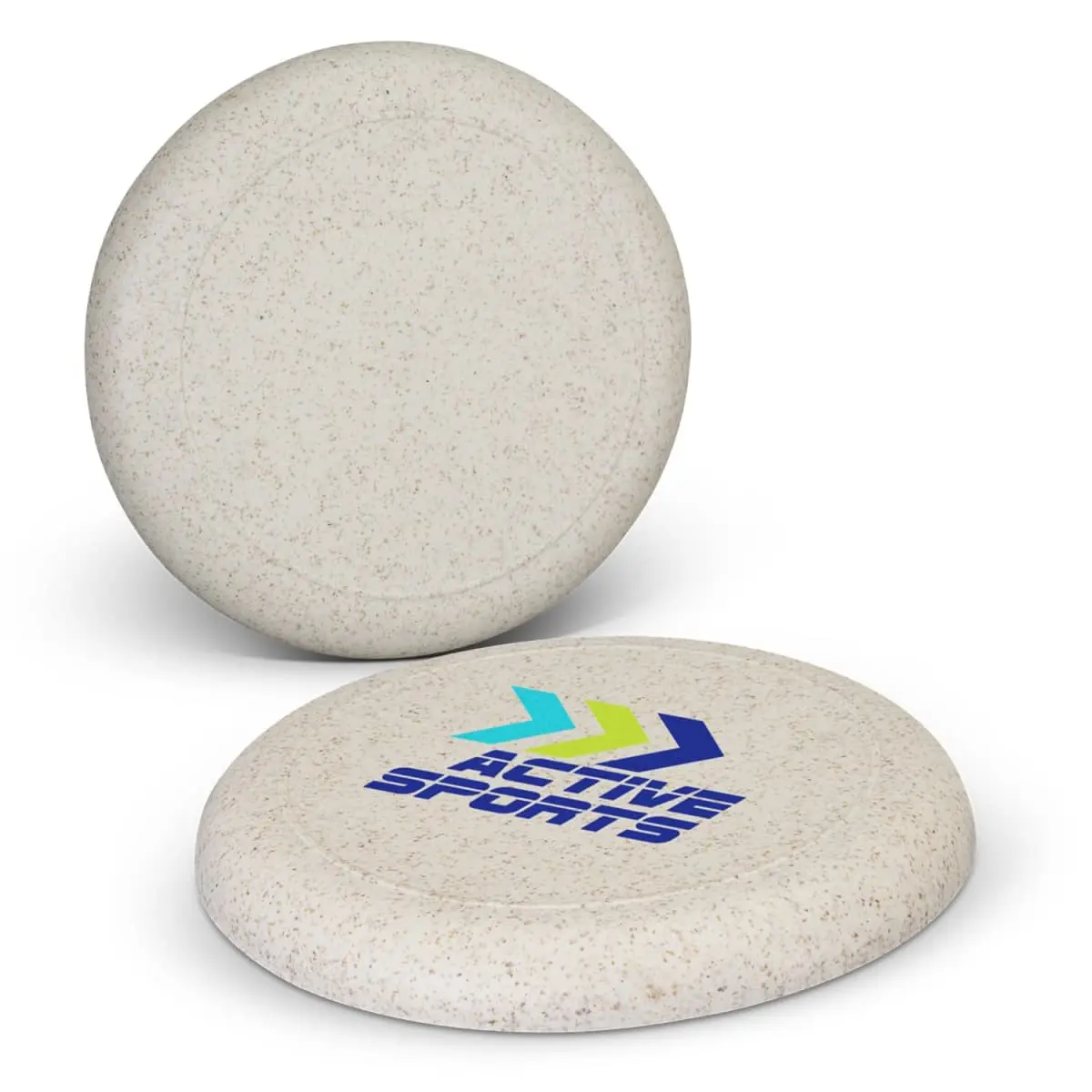 Frisbees
Frisbees Games & Puzzles
Games & Puzzles Kids
Kids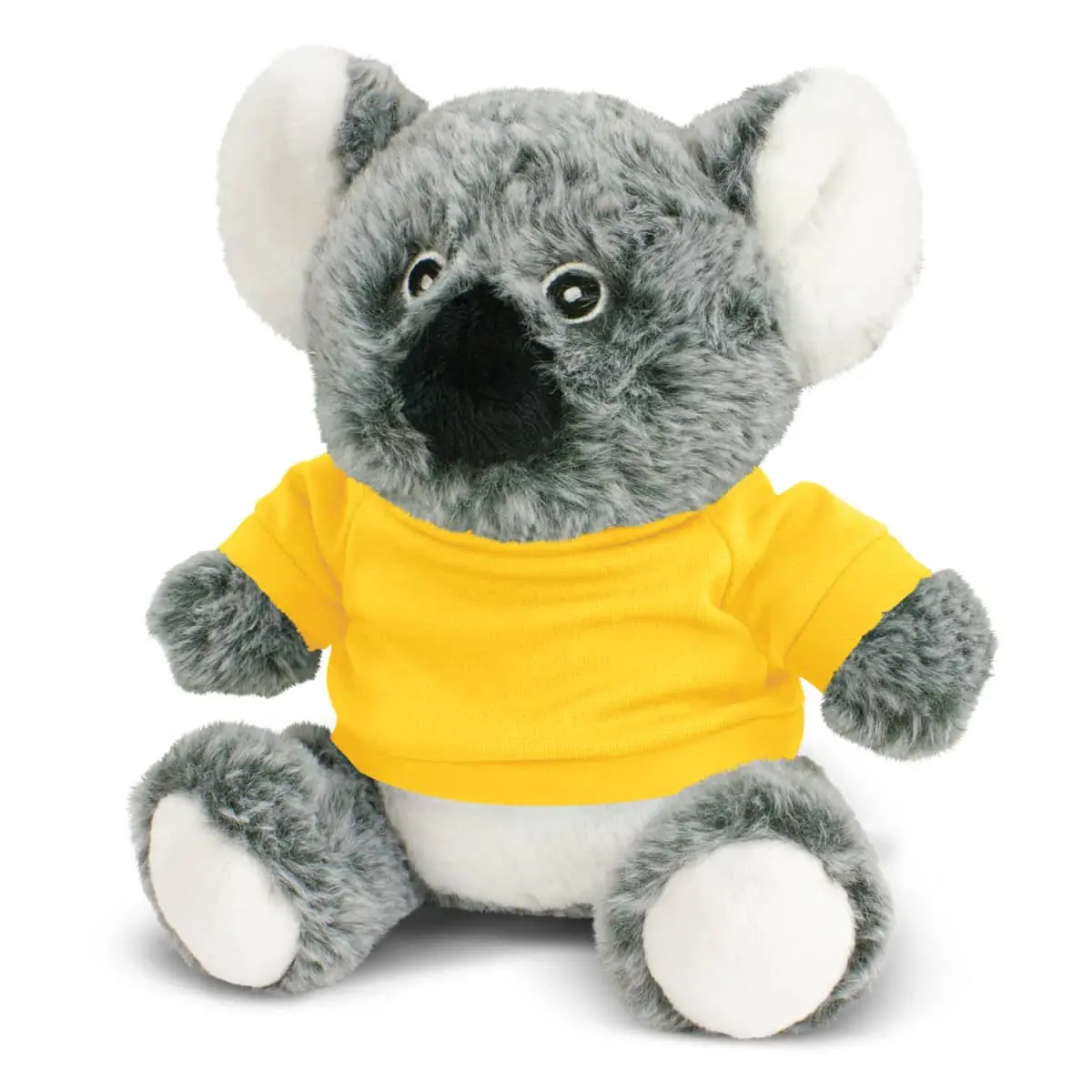 Plush Toys
Plush Toys
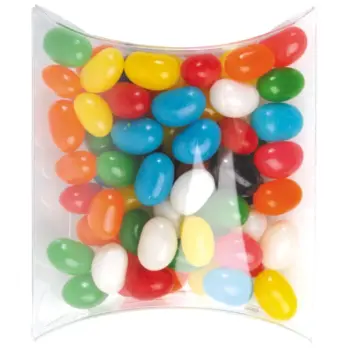

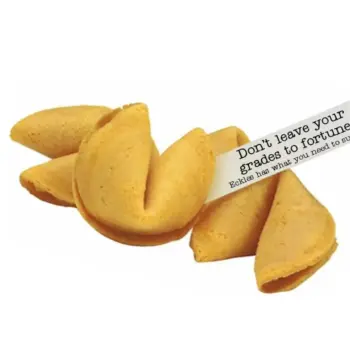

 Print | Signage
Print | Signage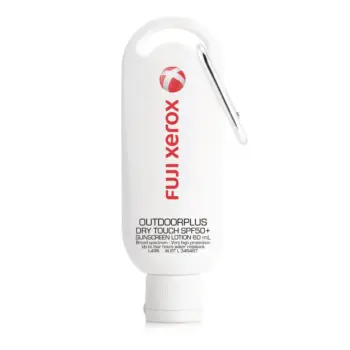
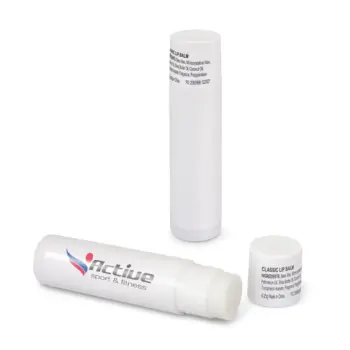
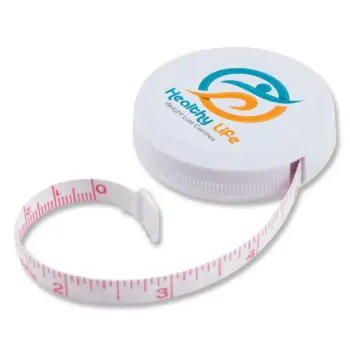
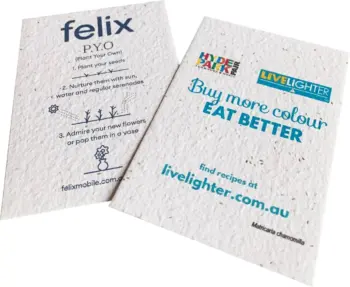
 Antibacterial
Antibacterial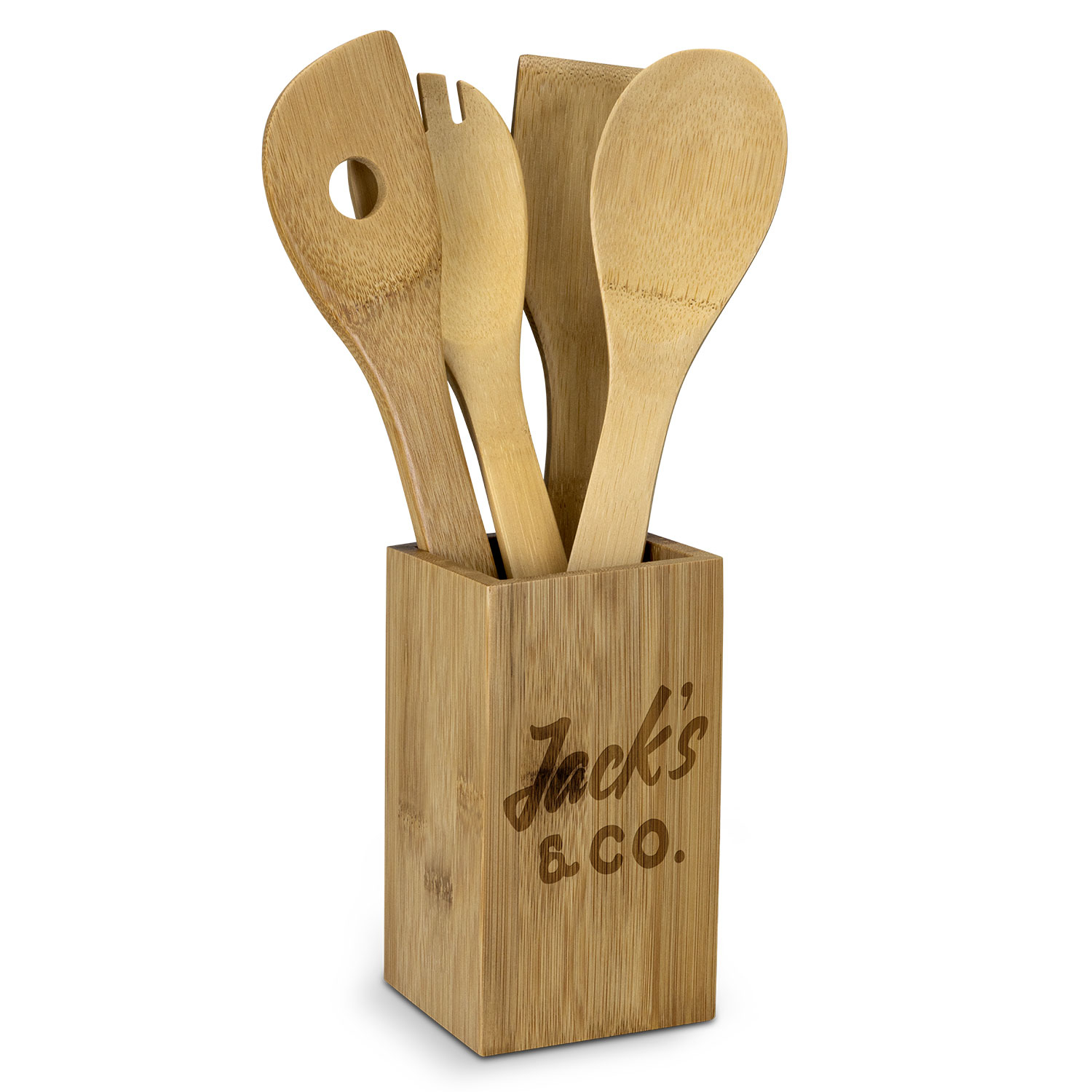 Eco Products
Eco Products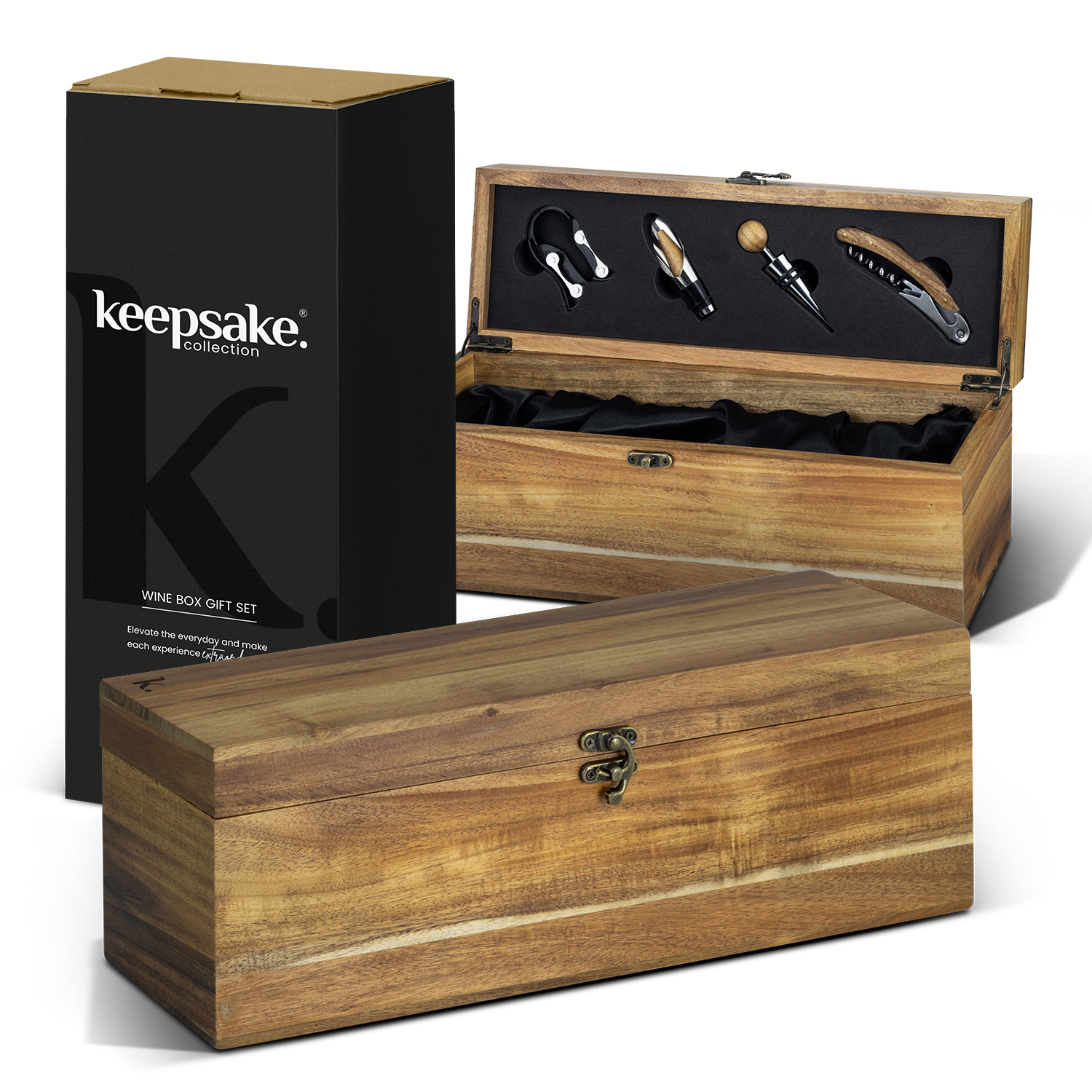 Gift Box Sets
Gift Box Sets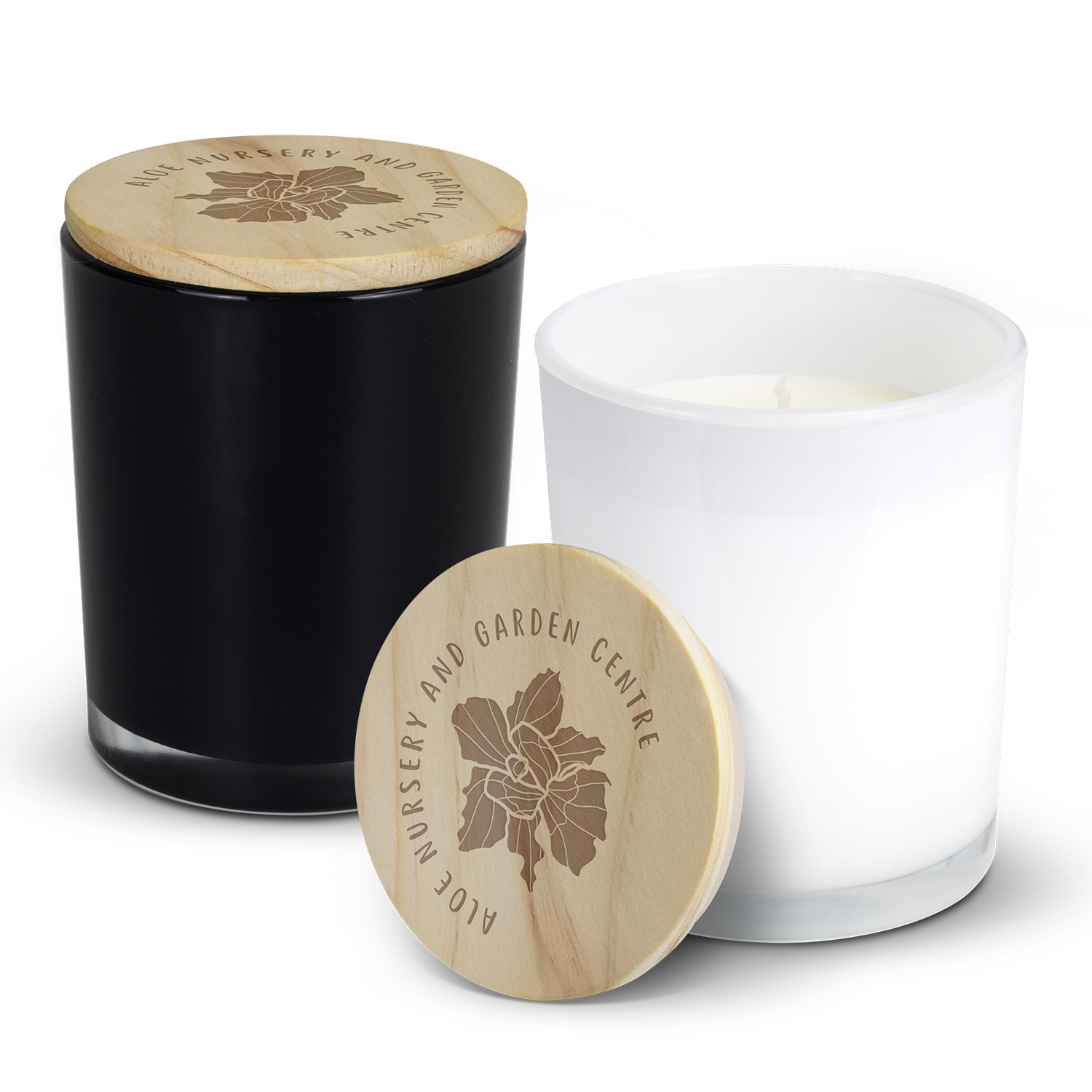 Homeware
Homeware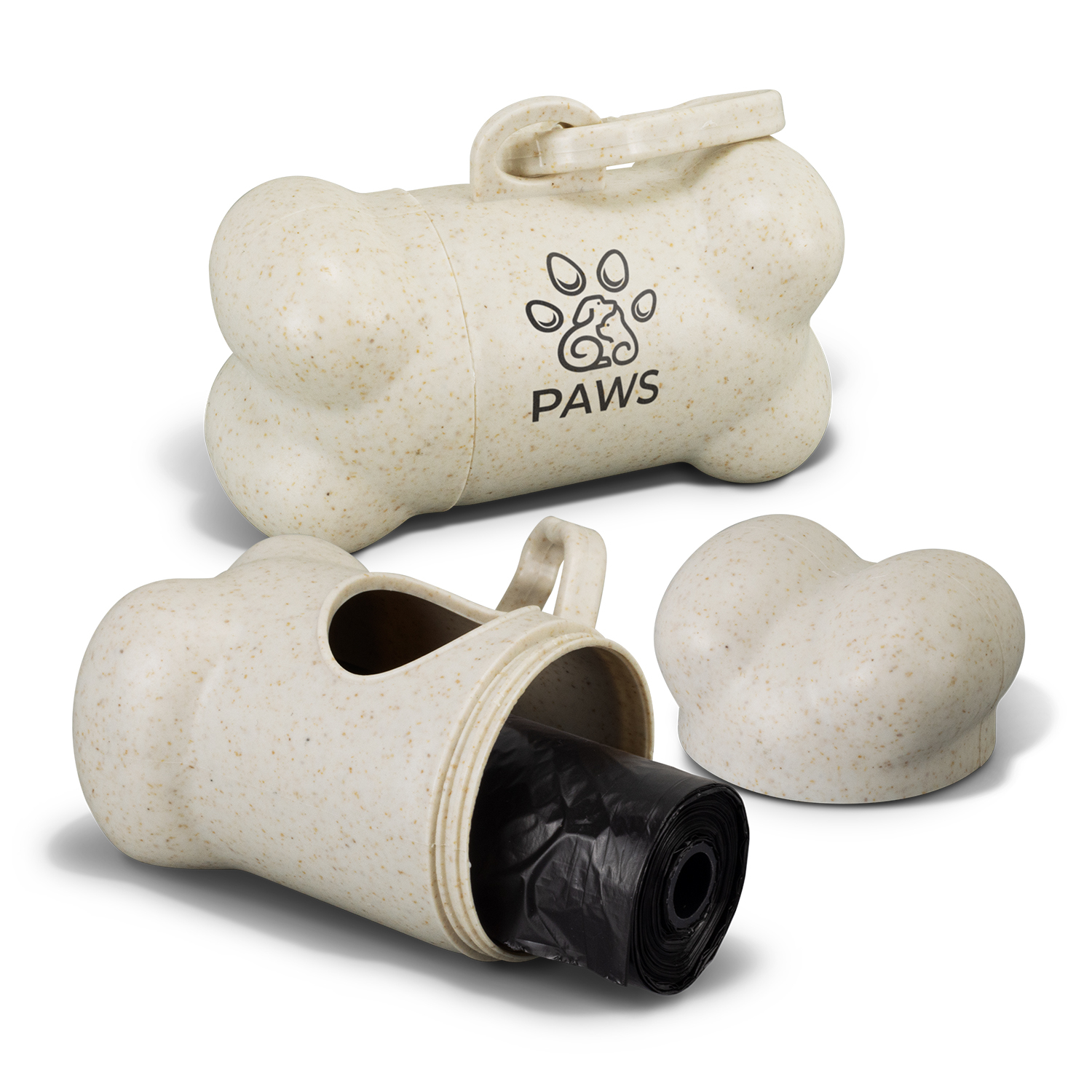 Pet Products
Pet Products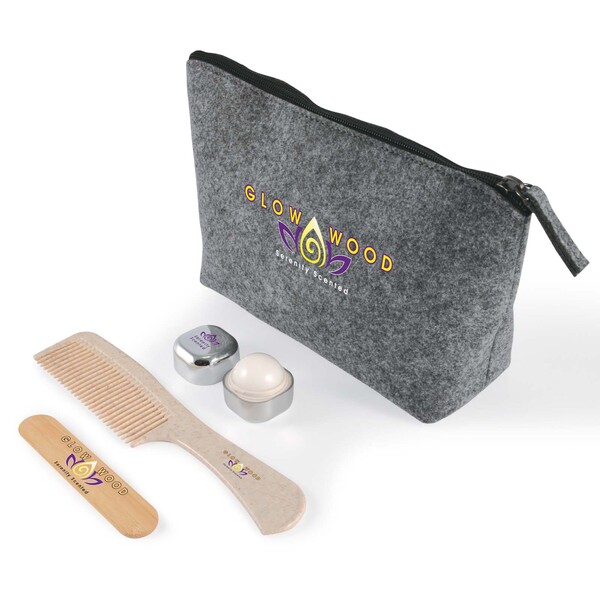 Personal Care
Personal Care Occasion Ideas
Occasion Ideas




